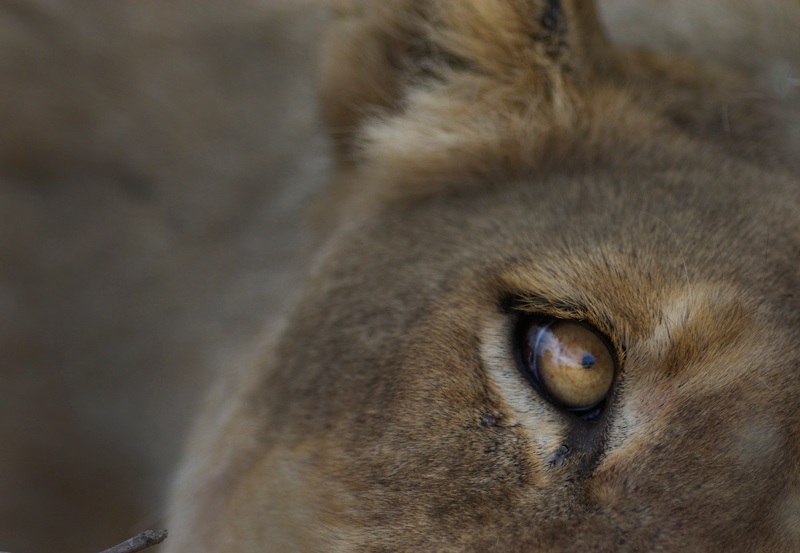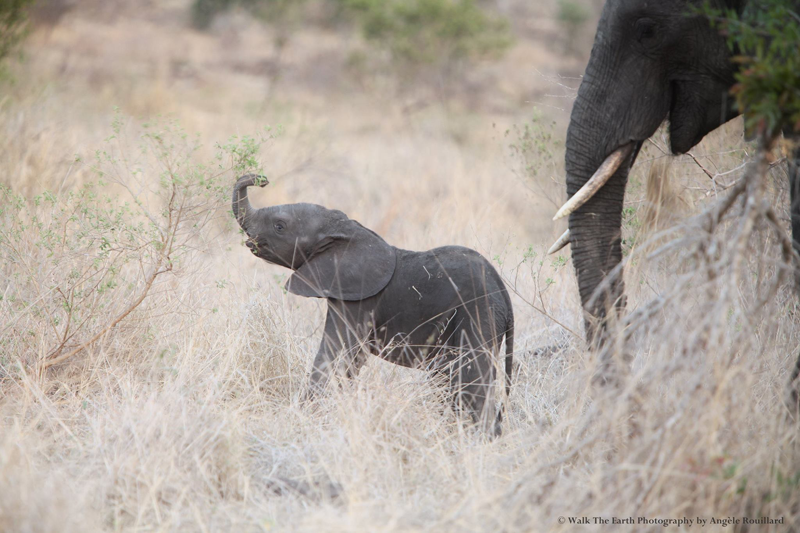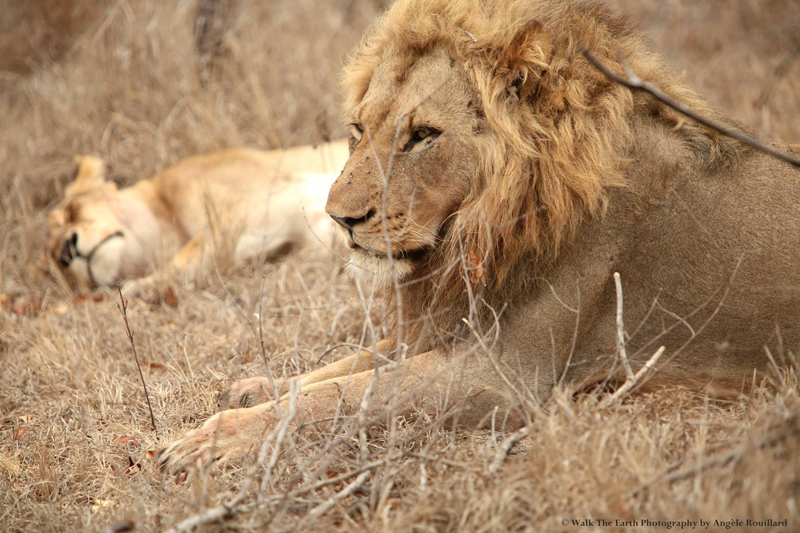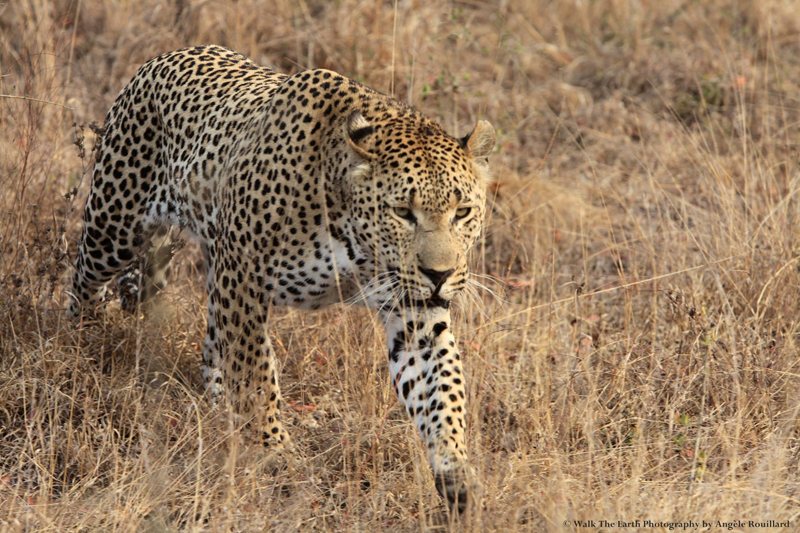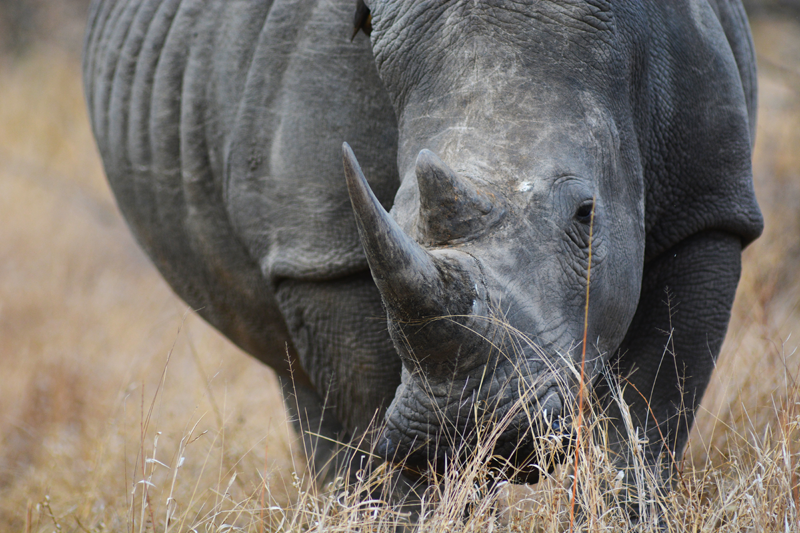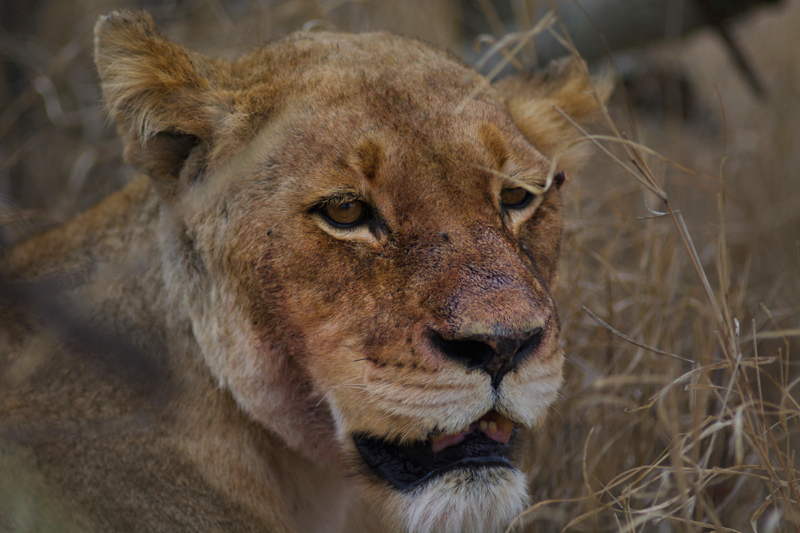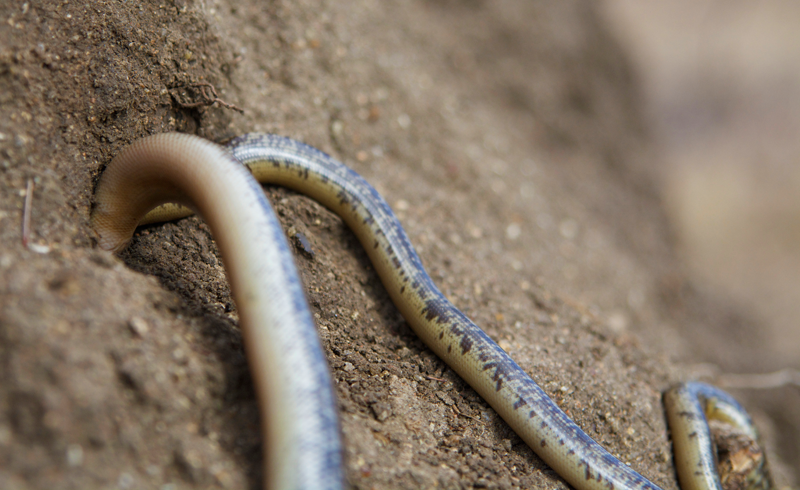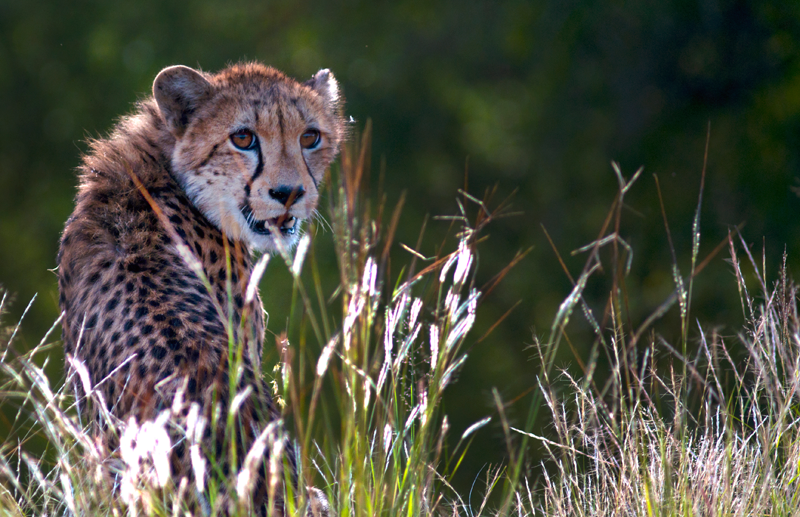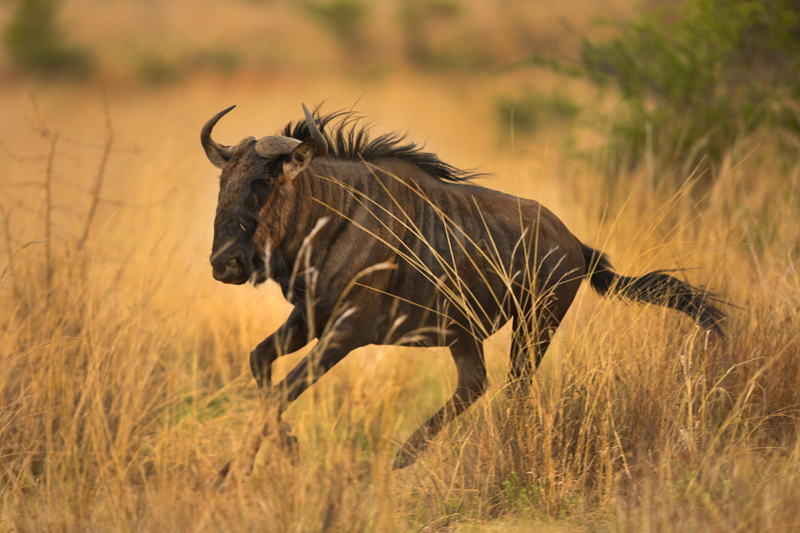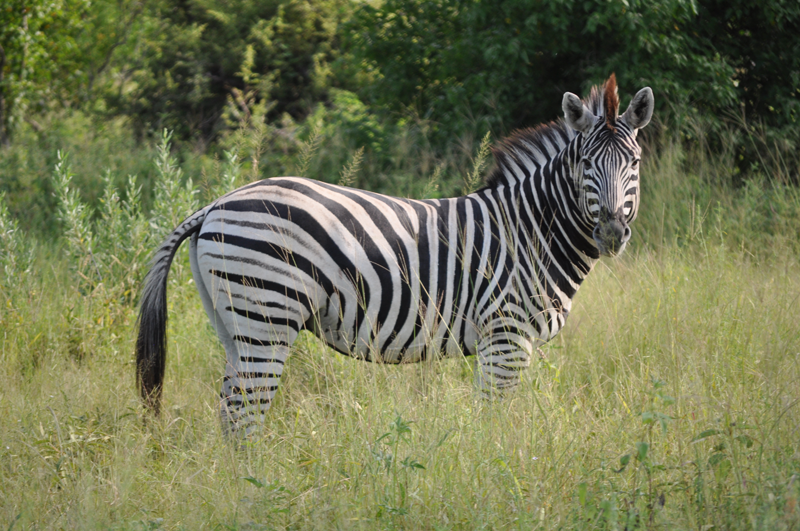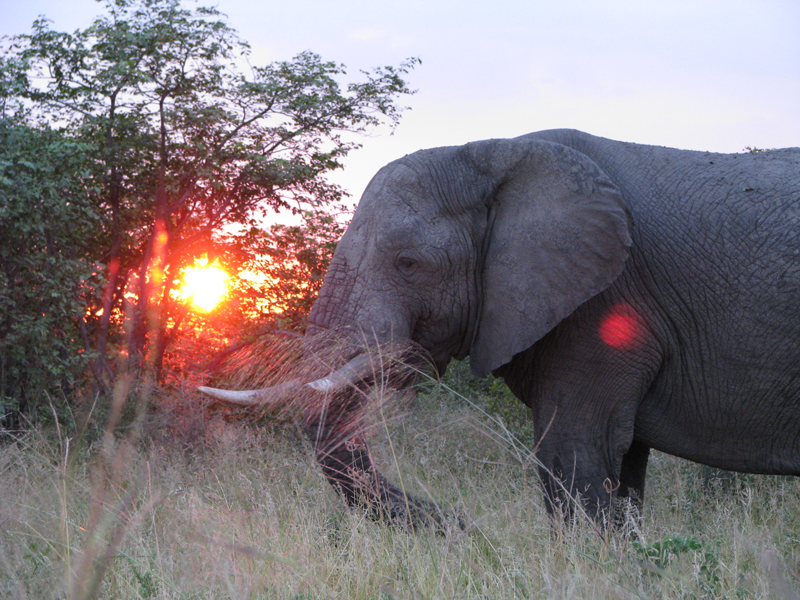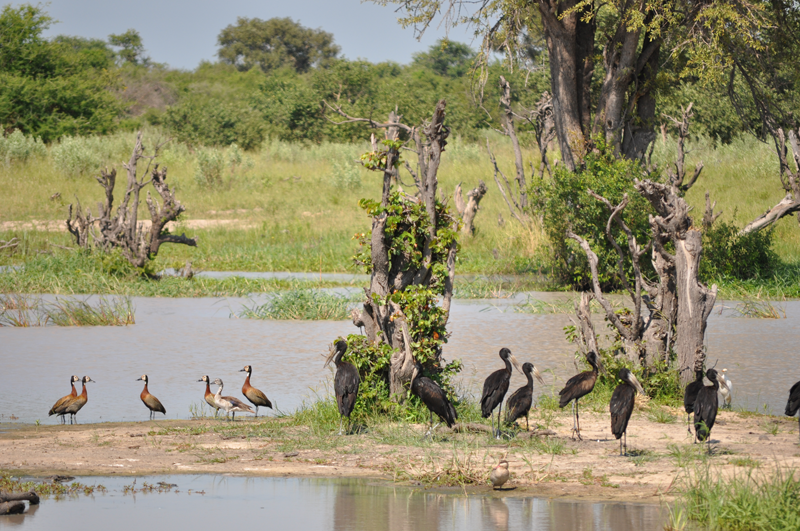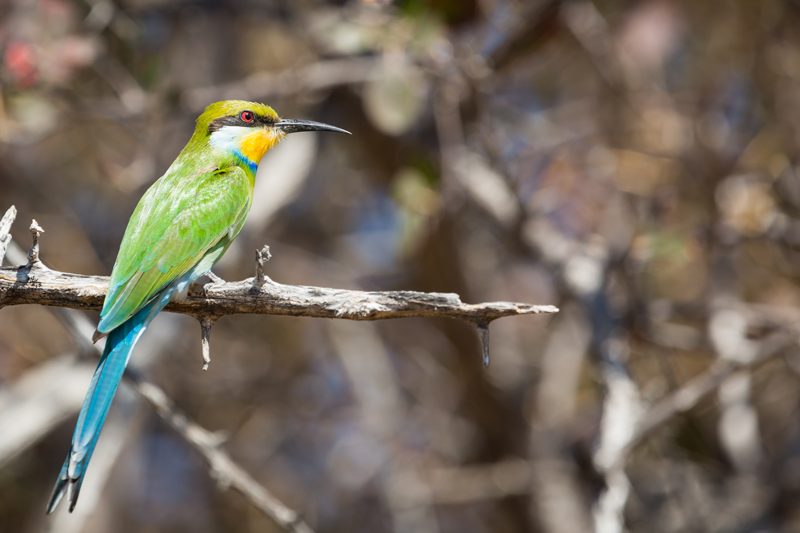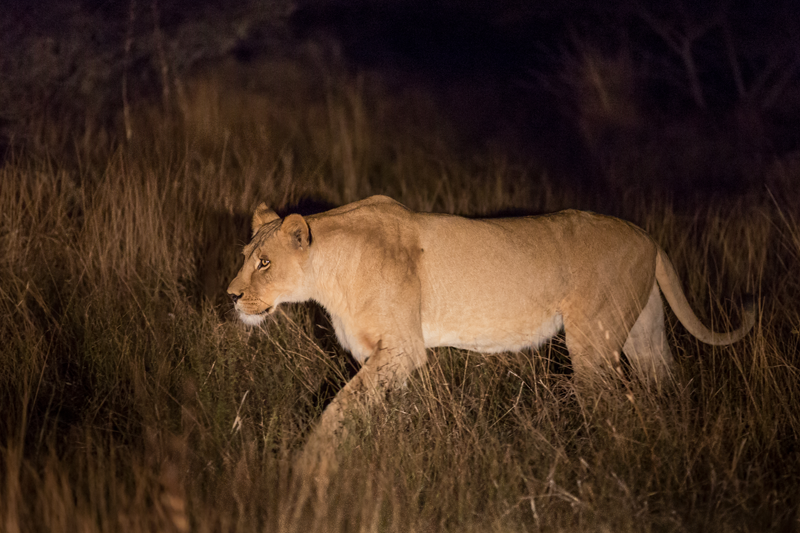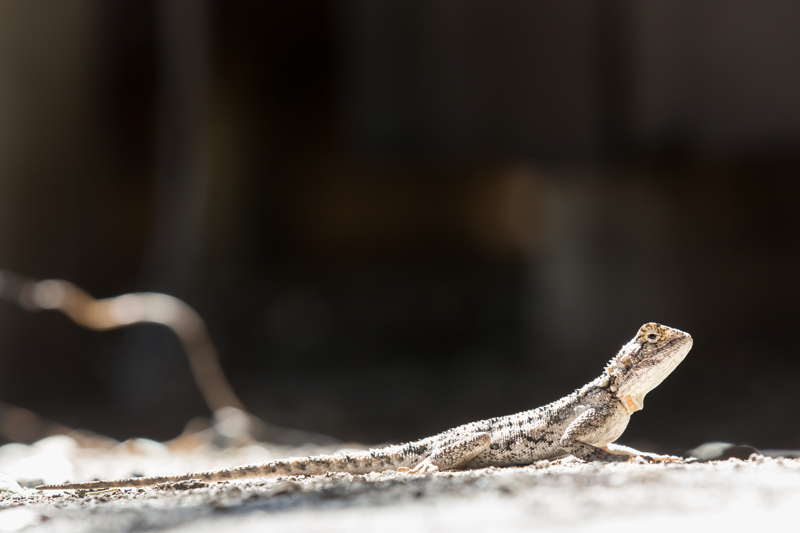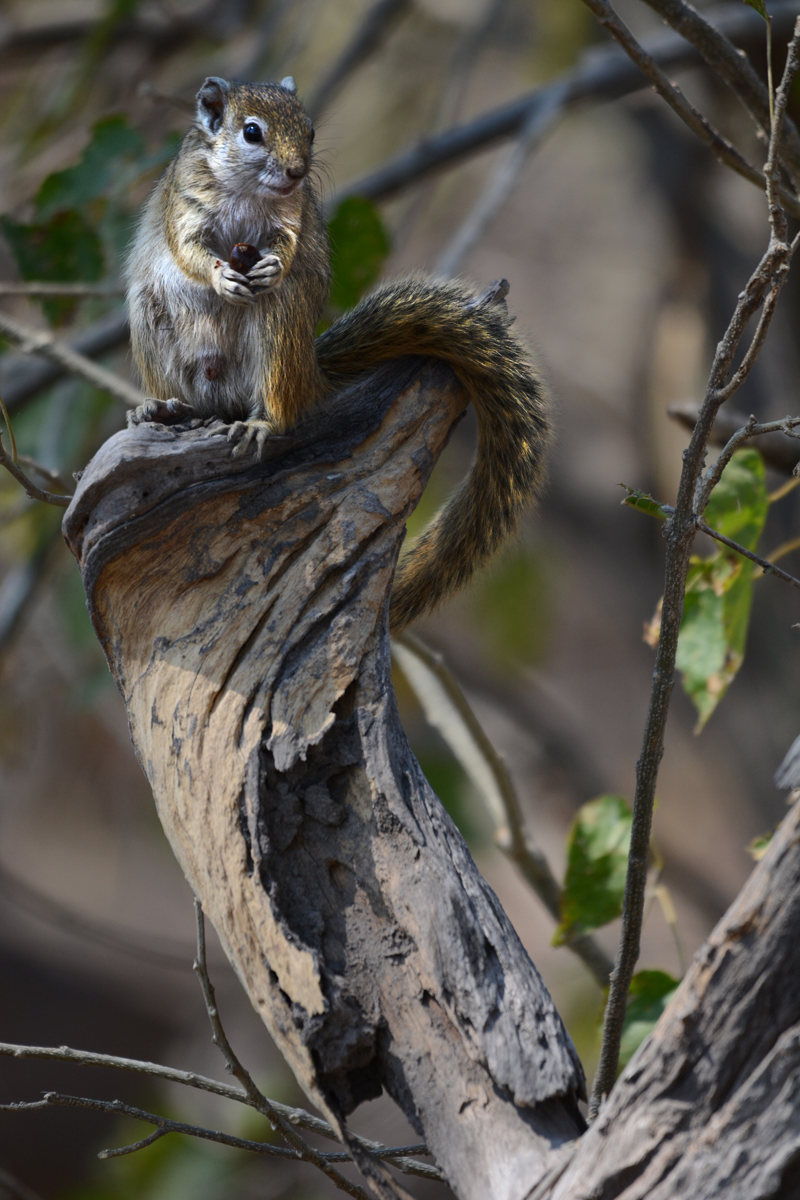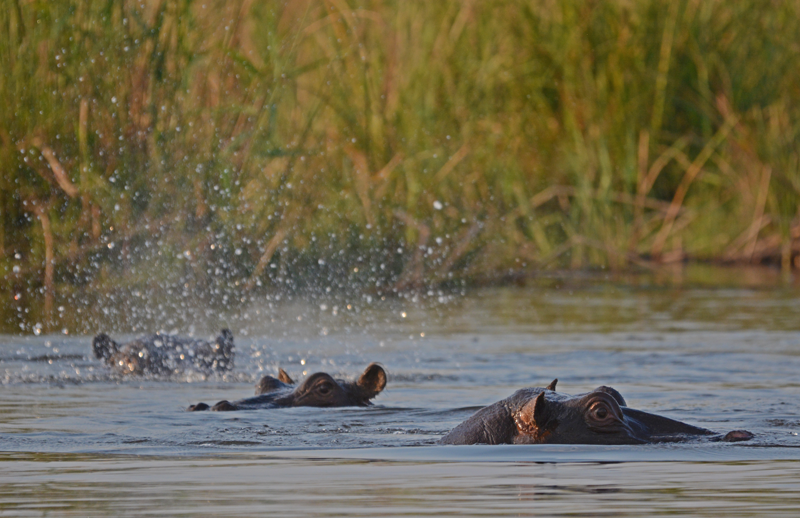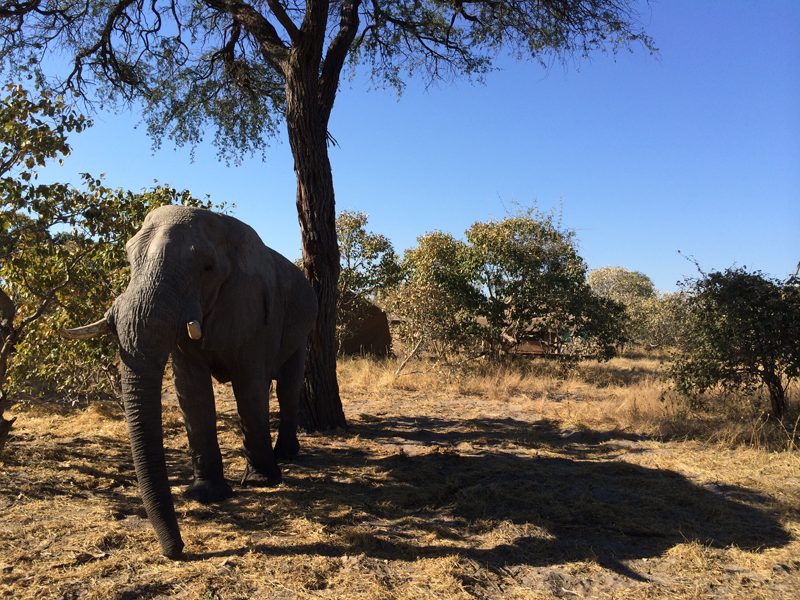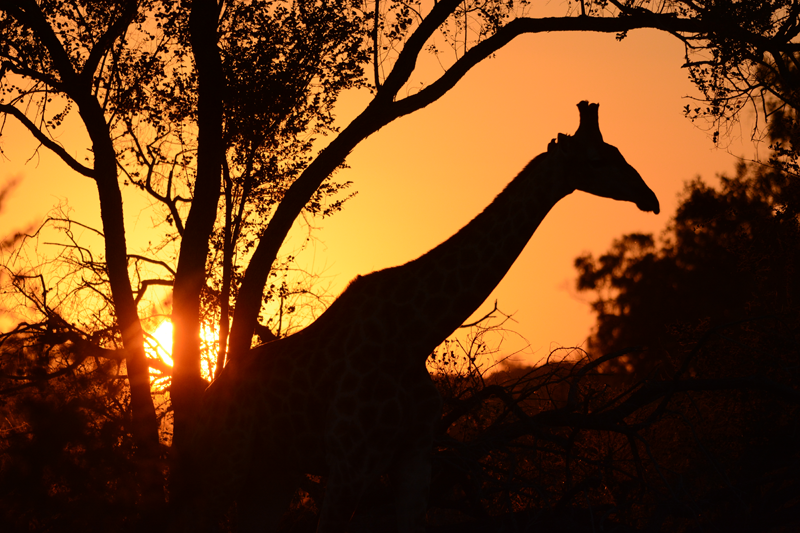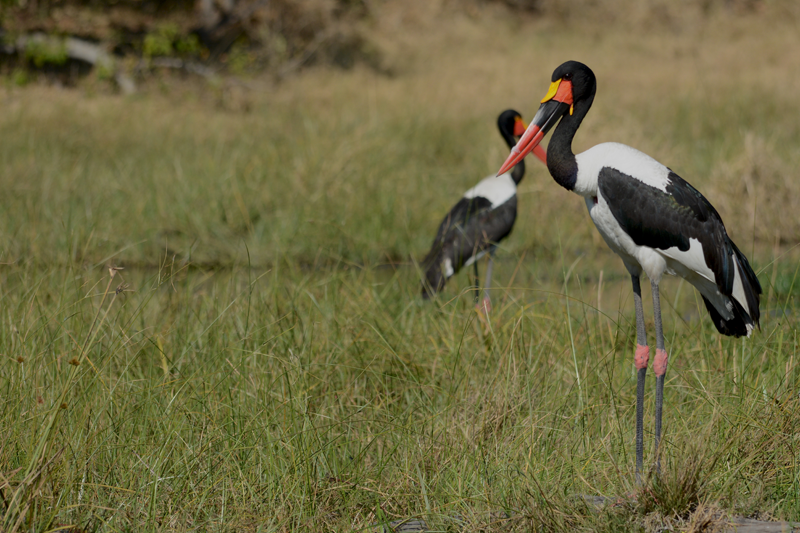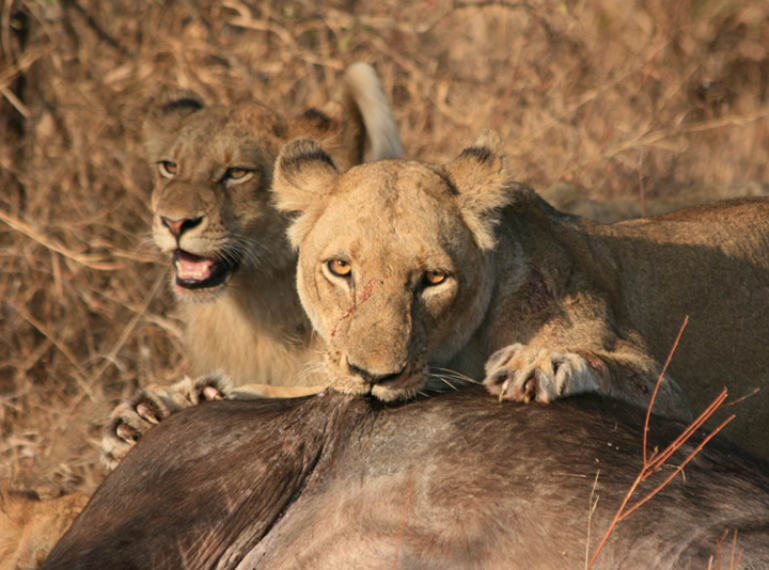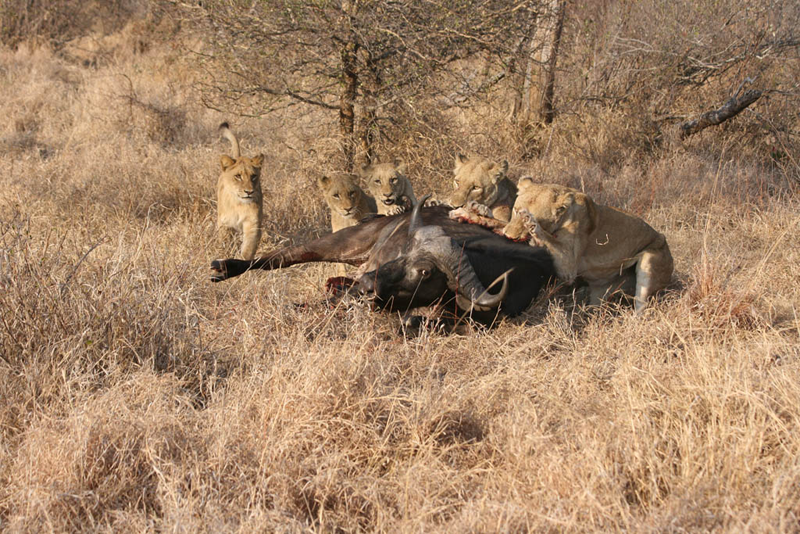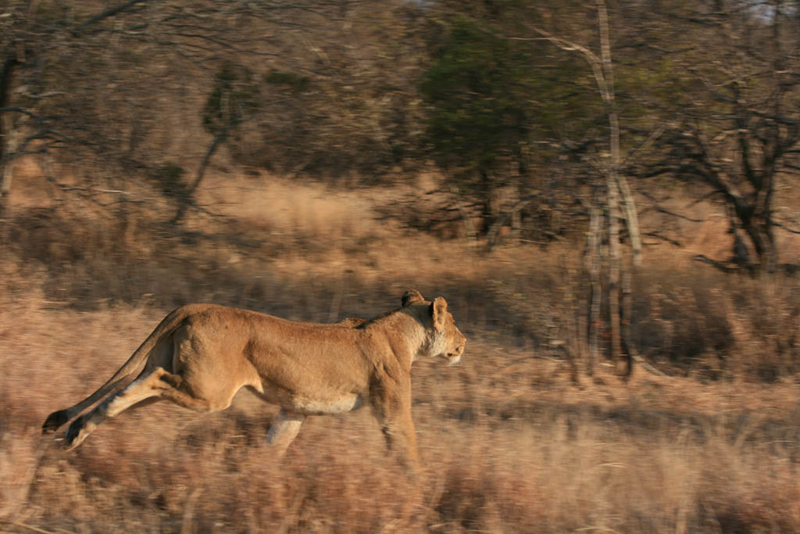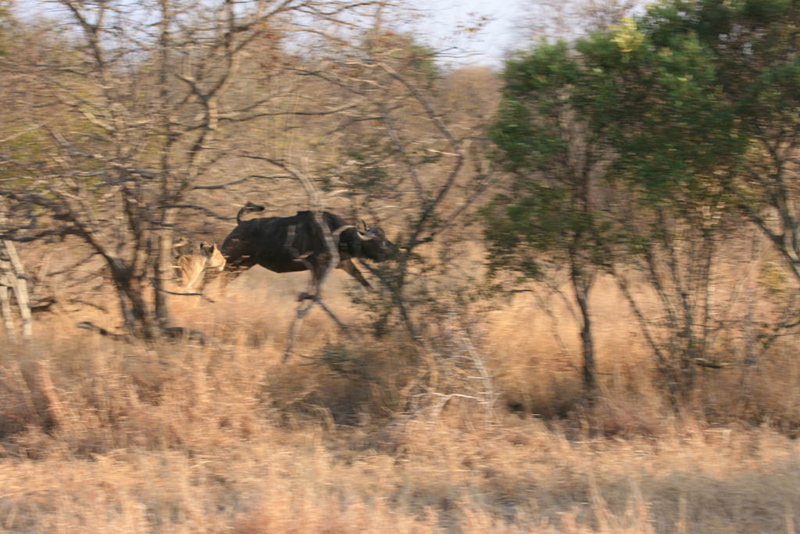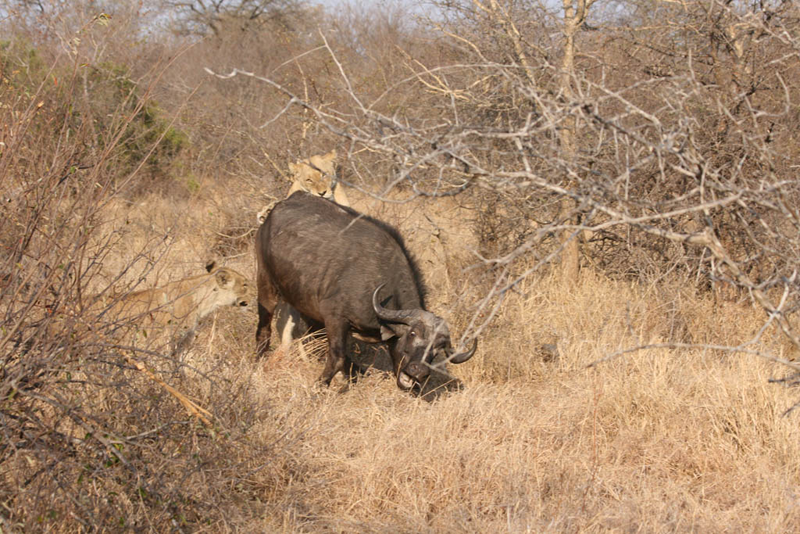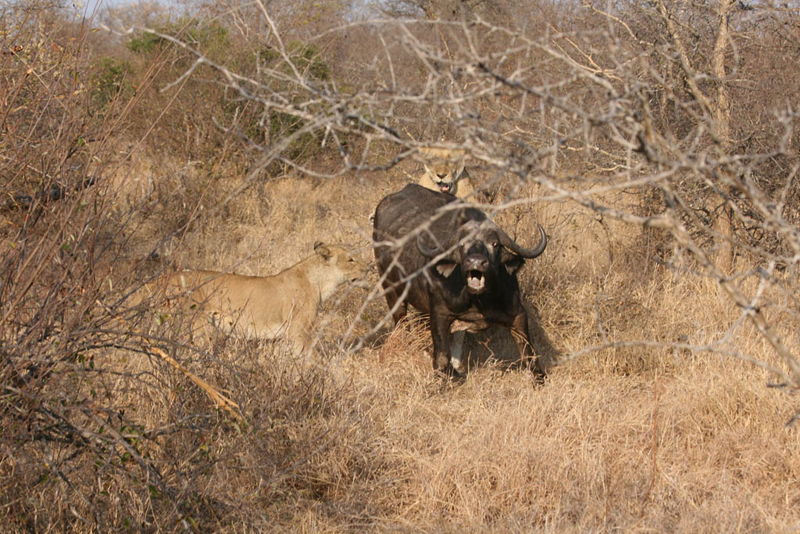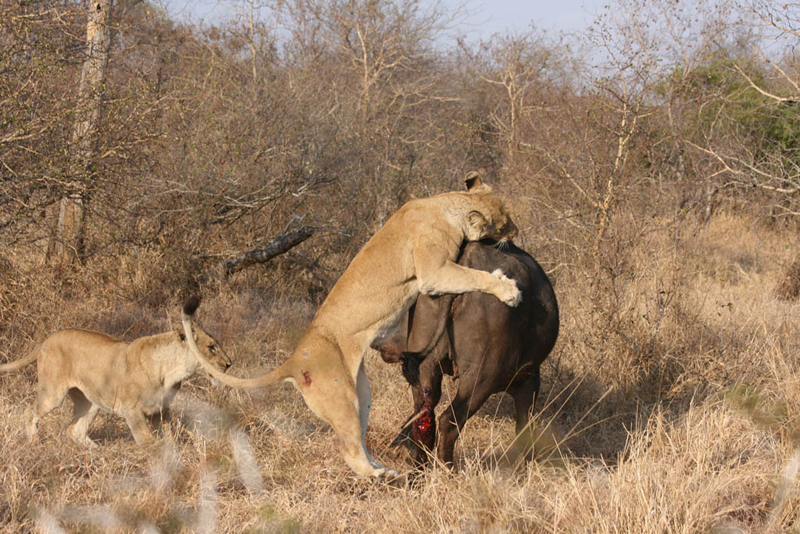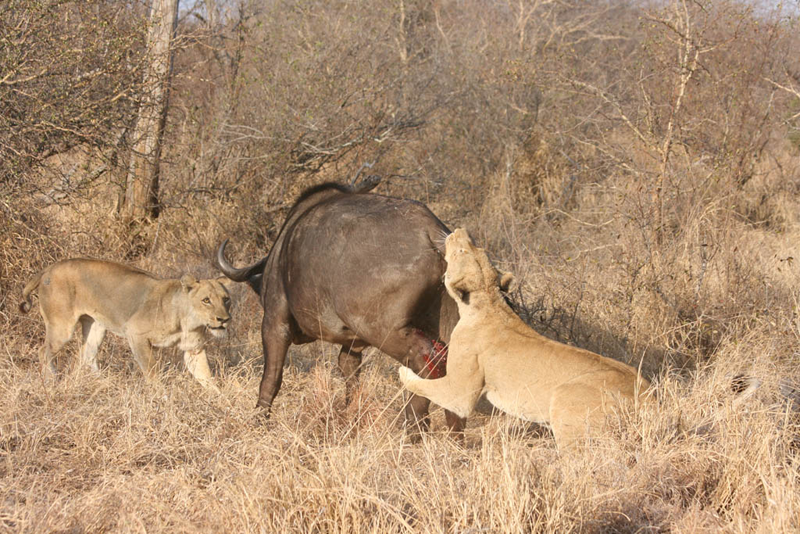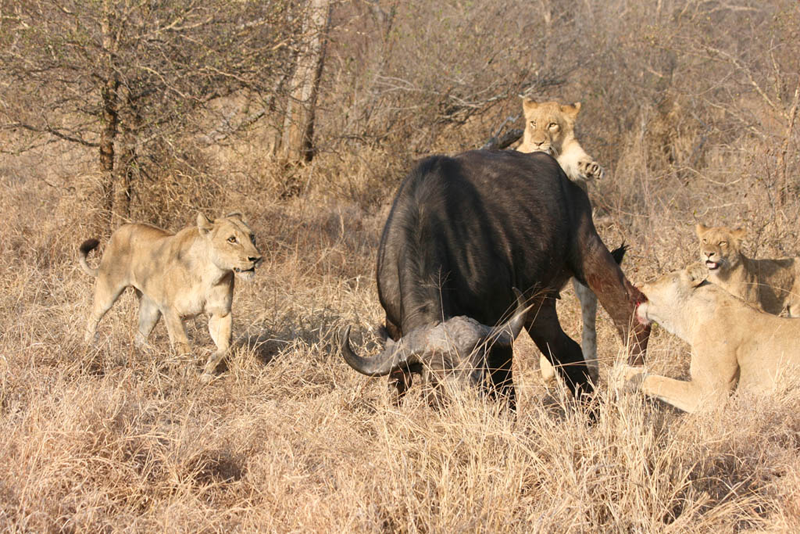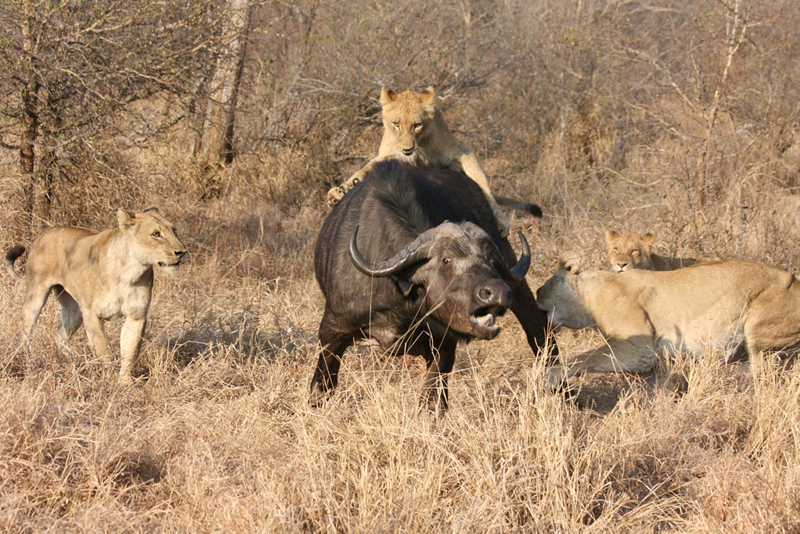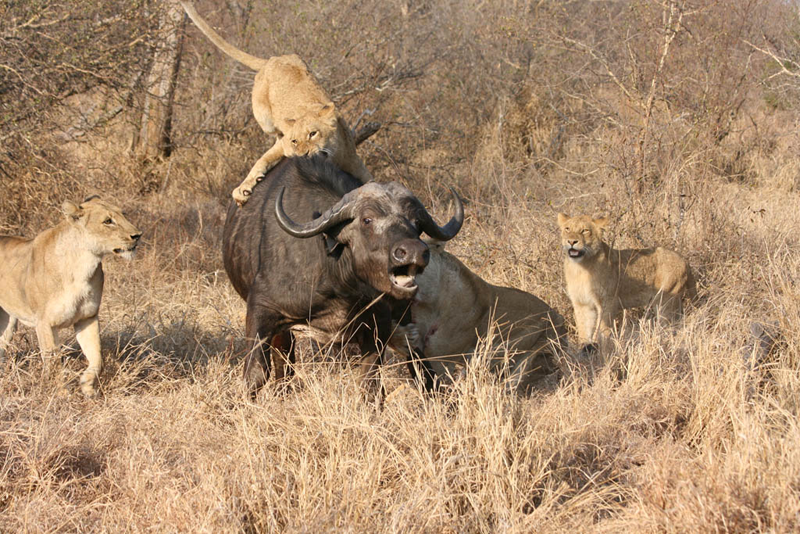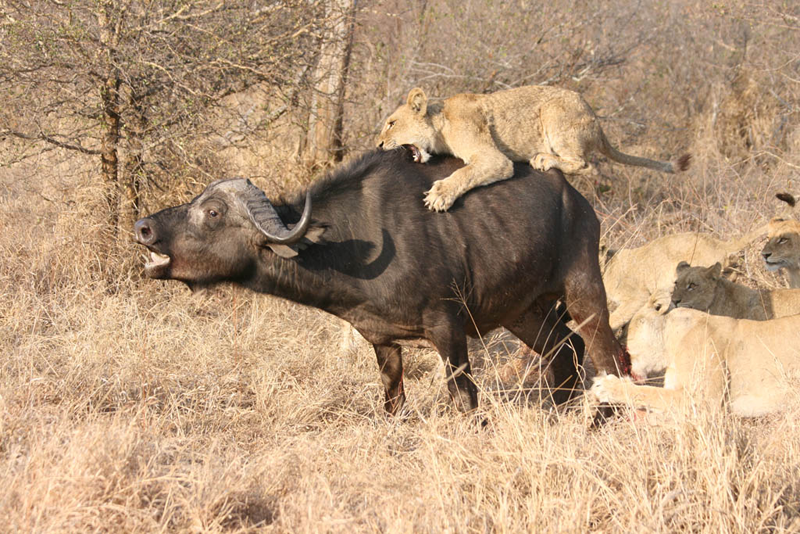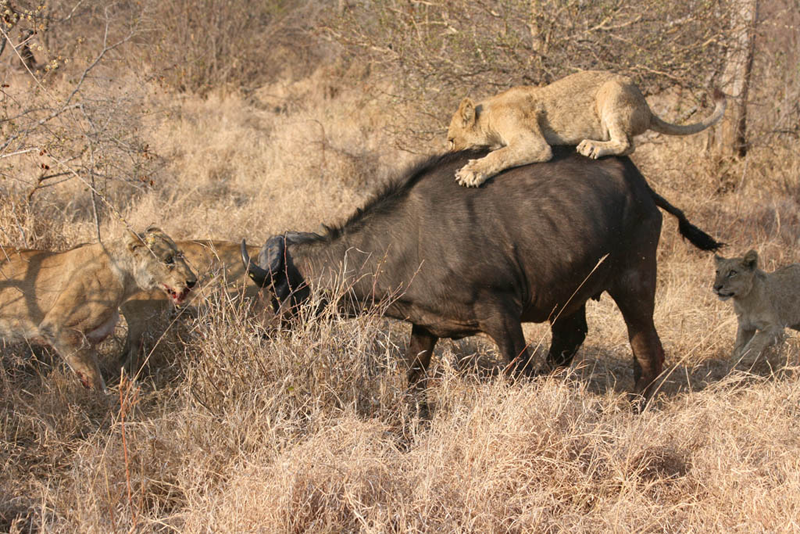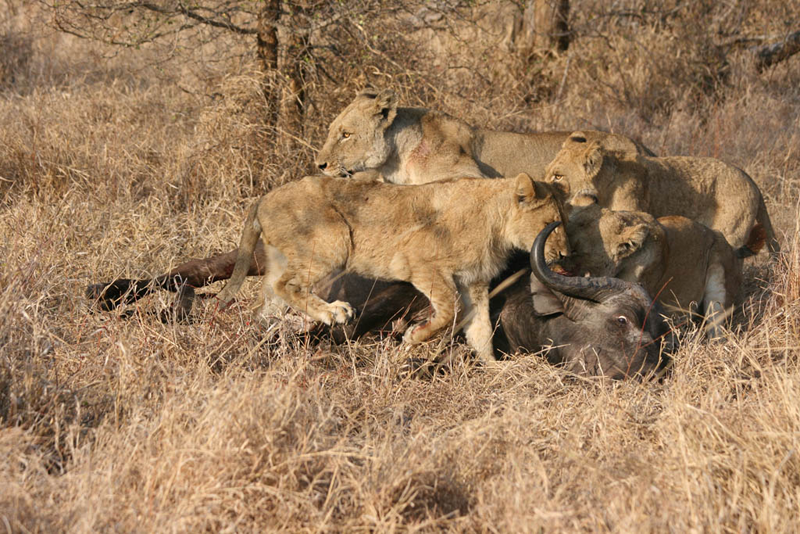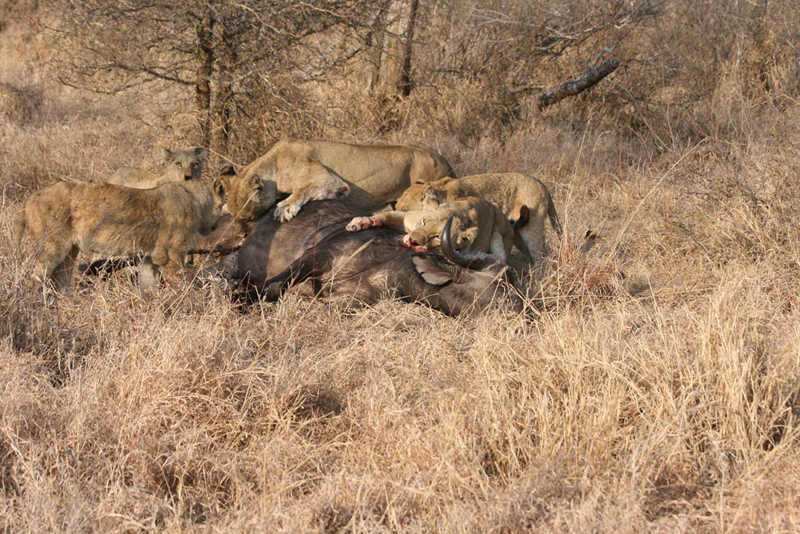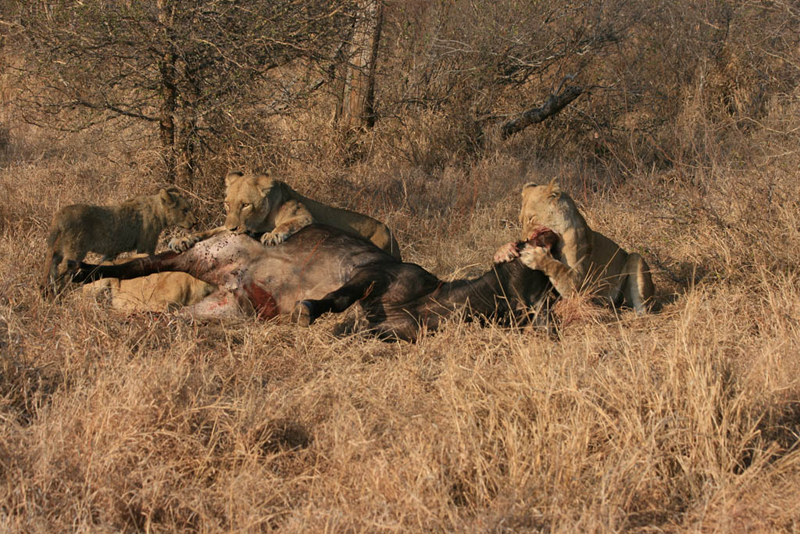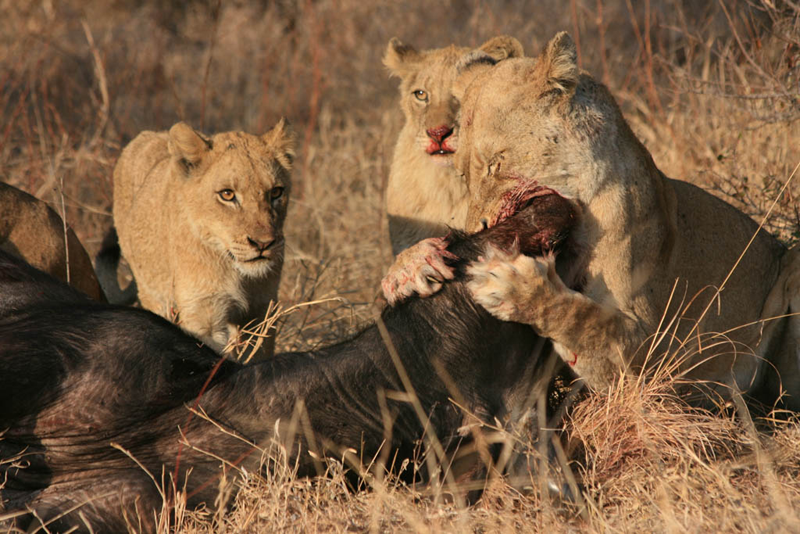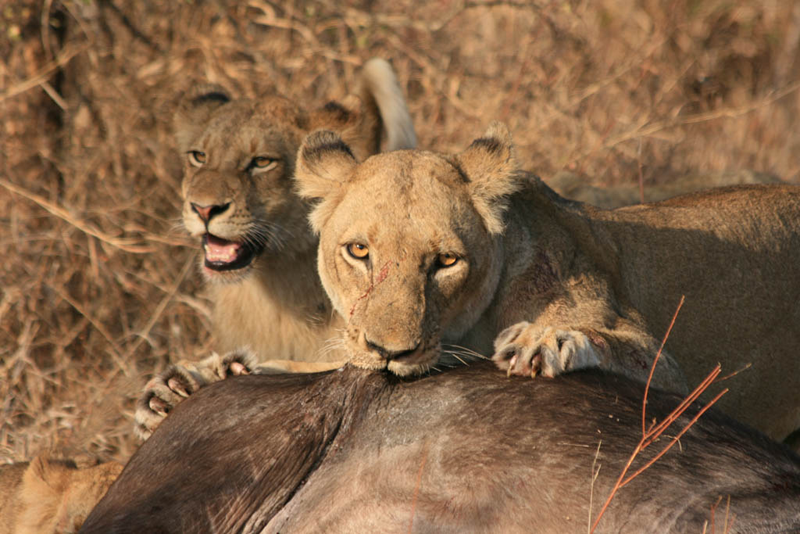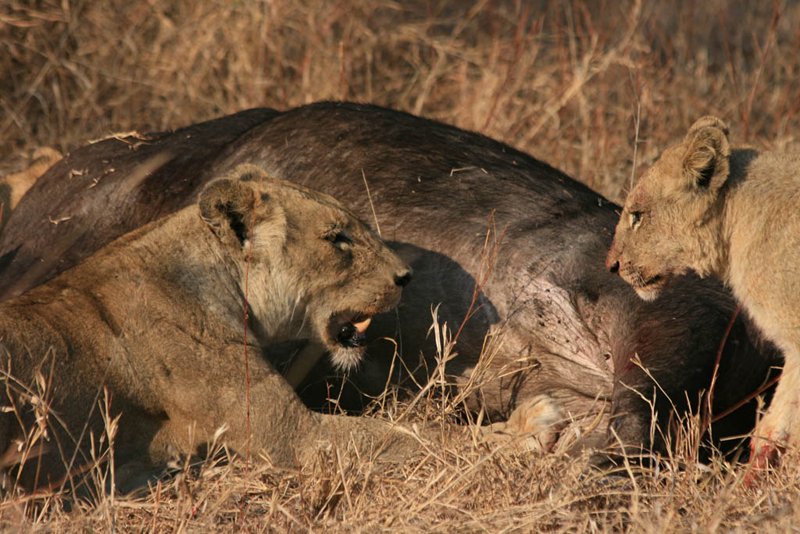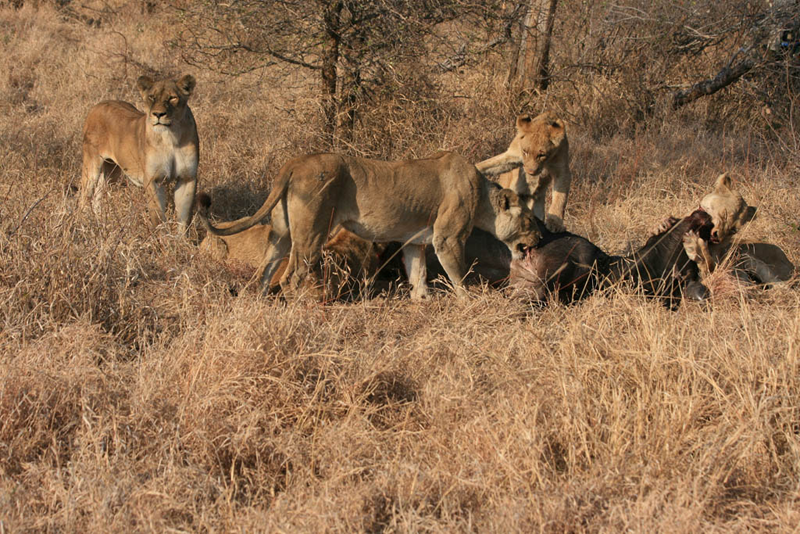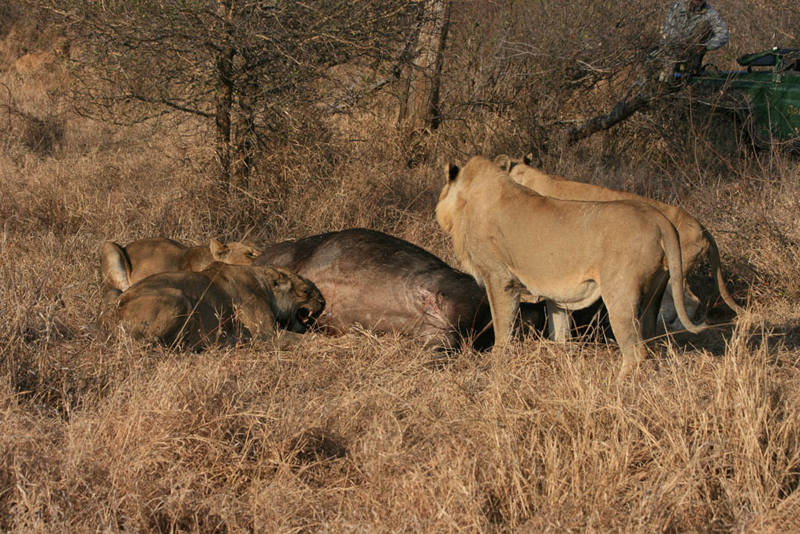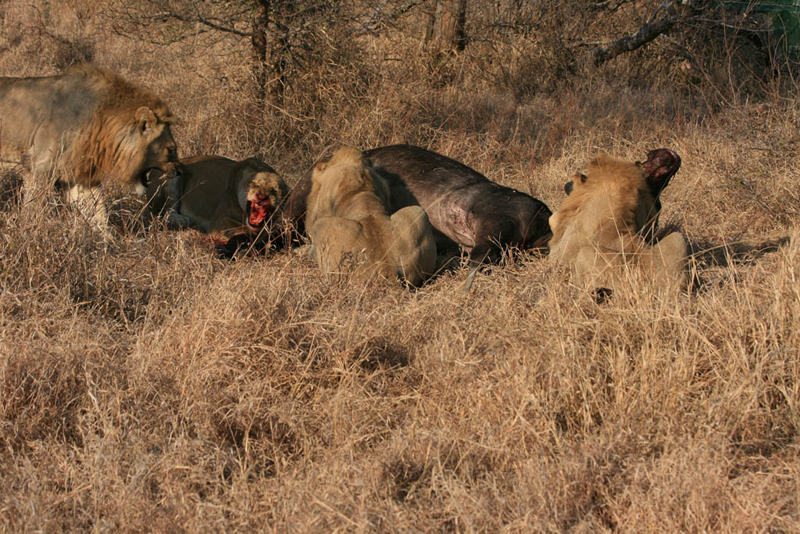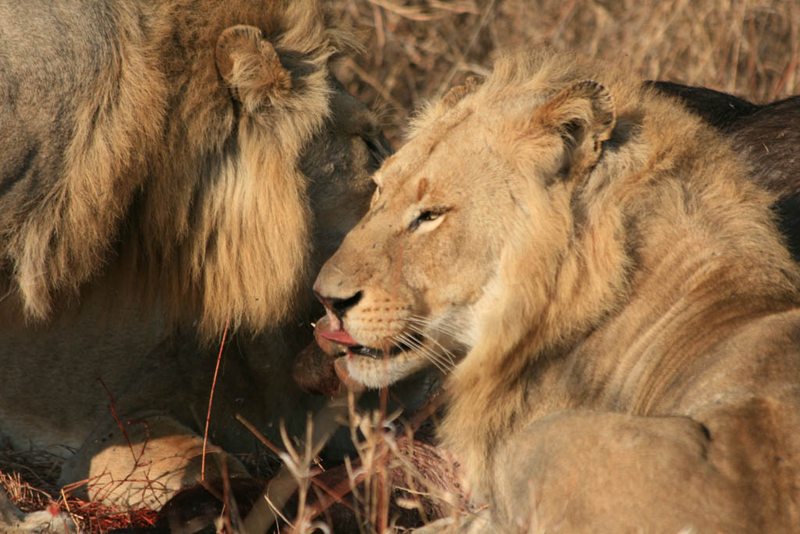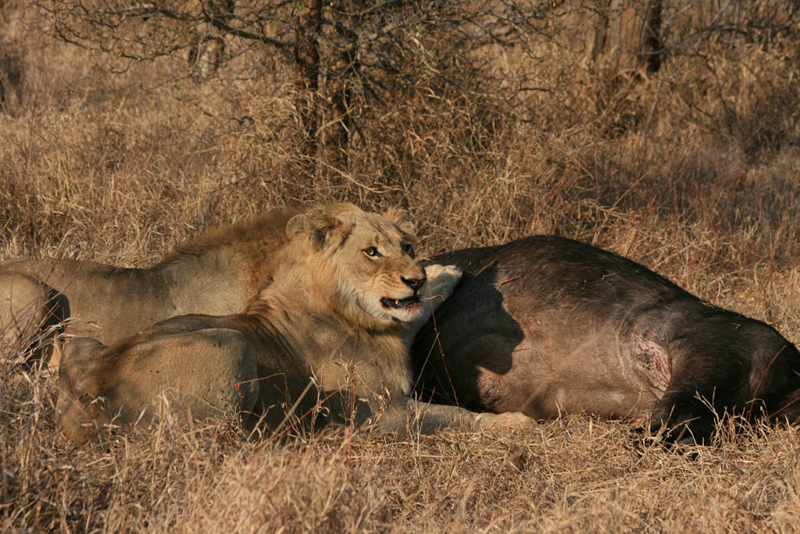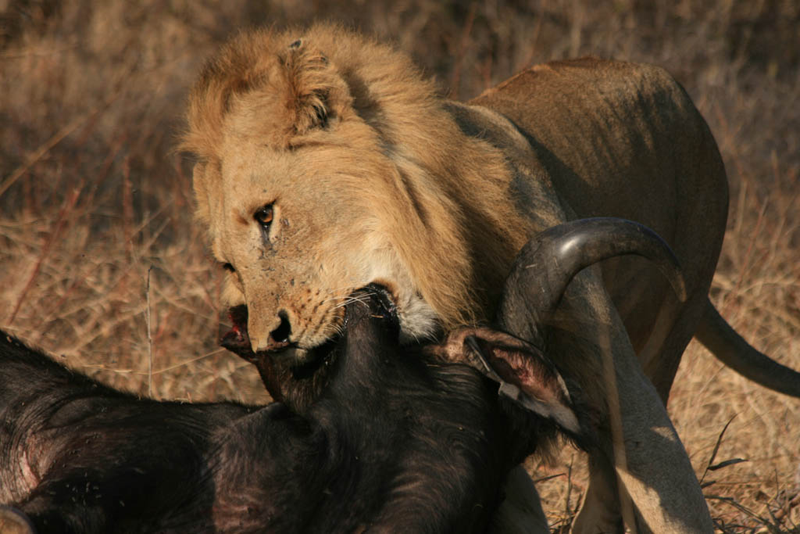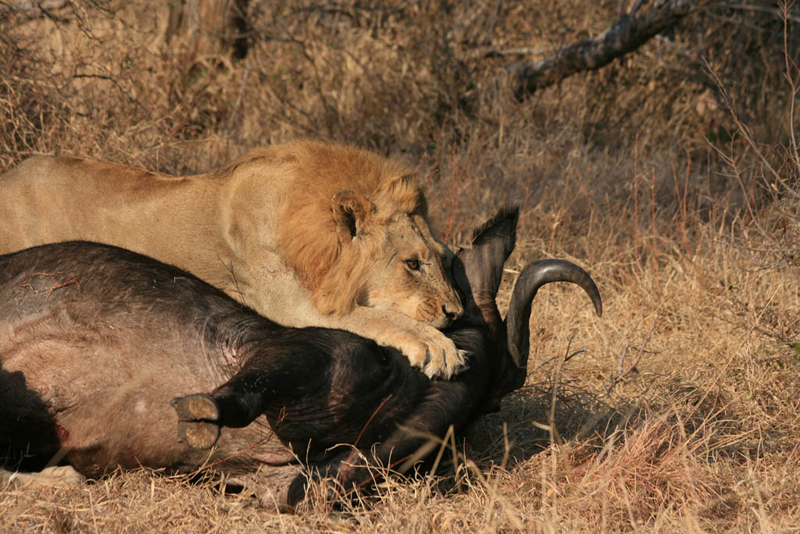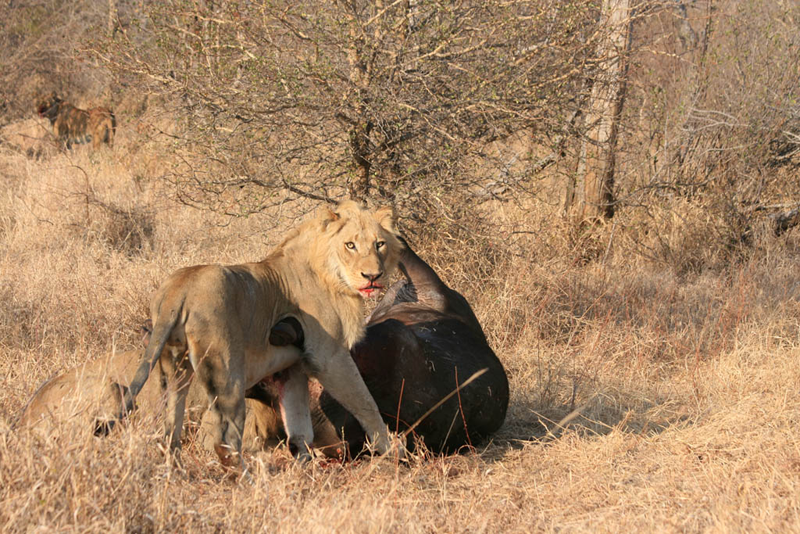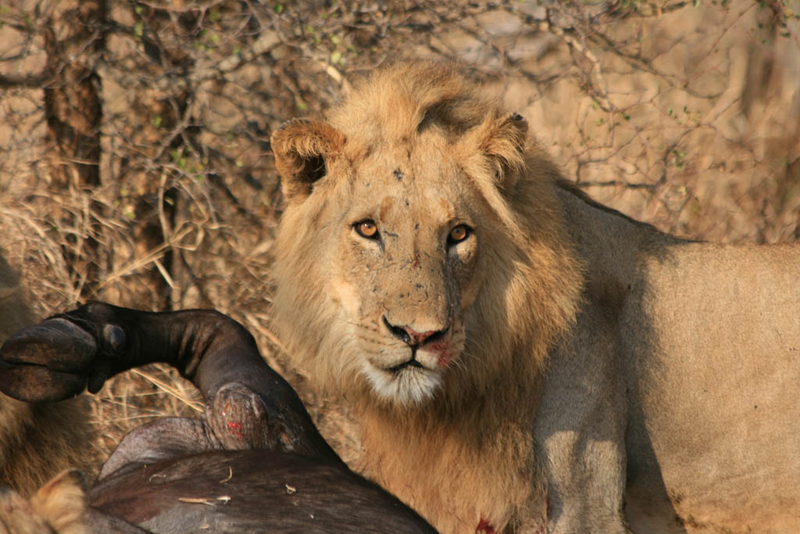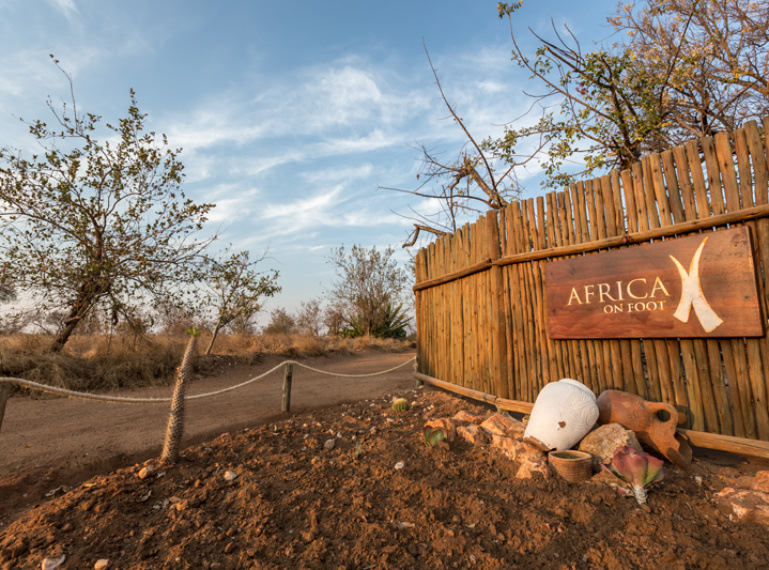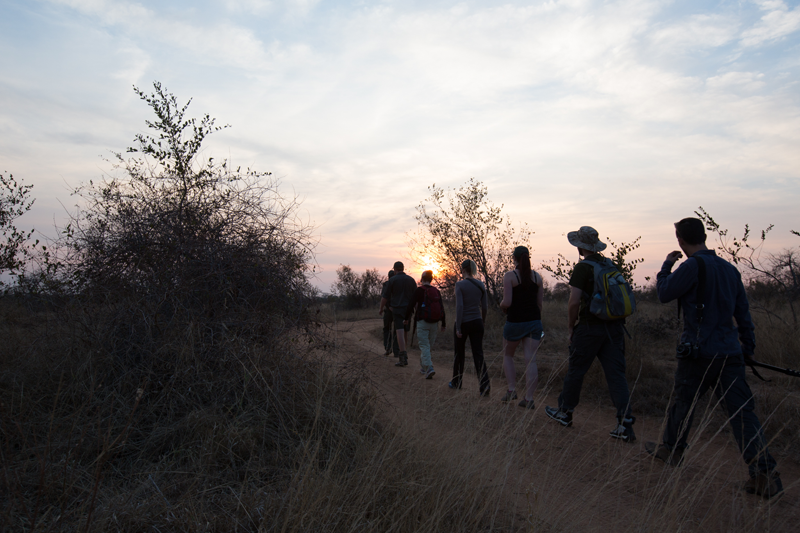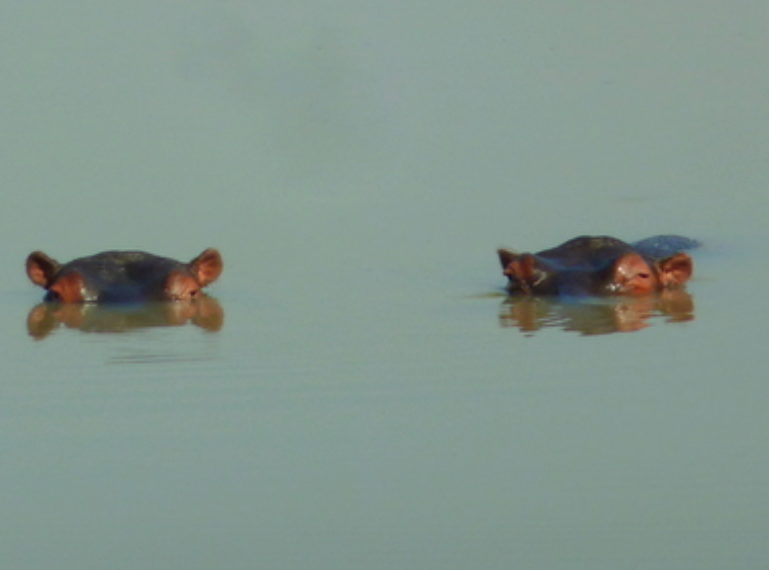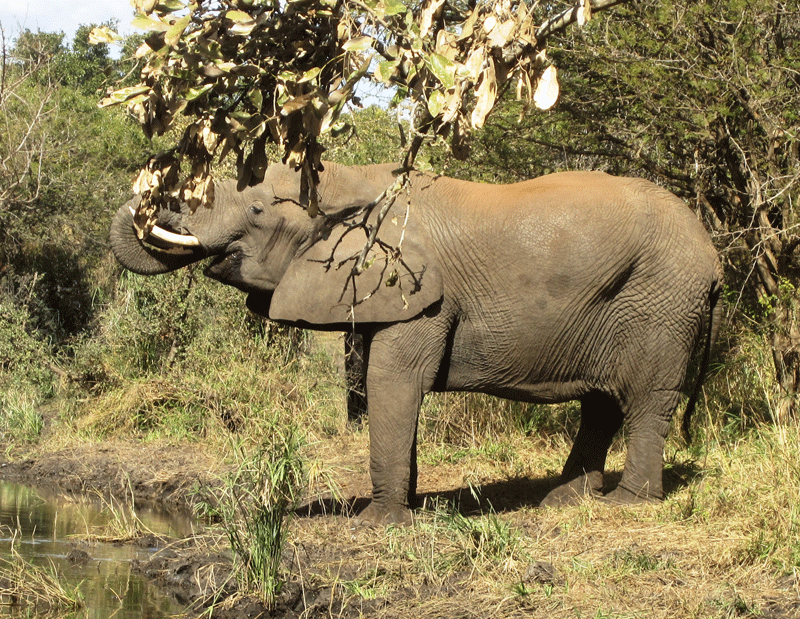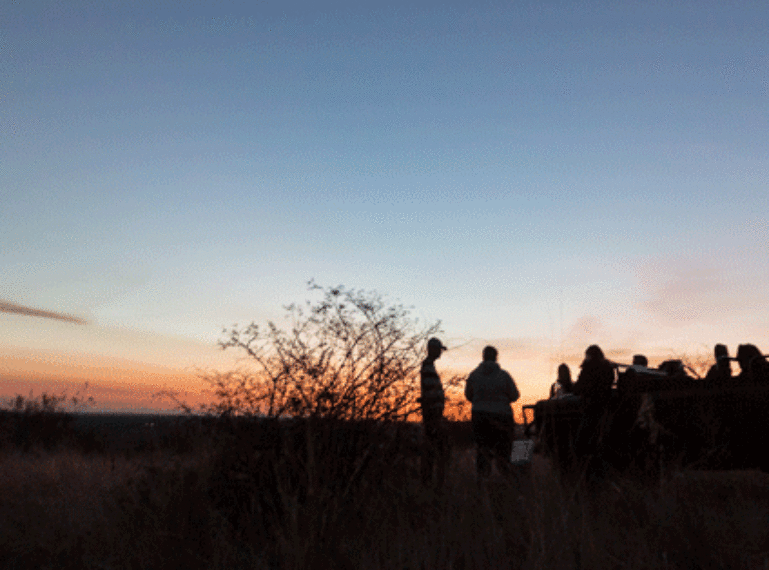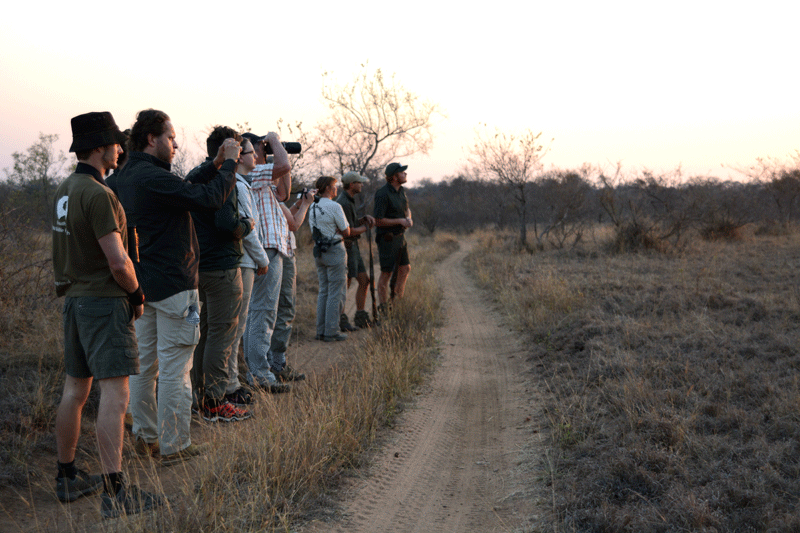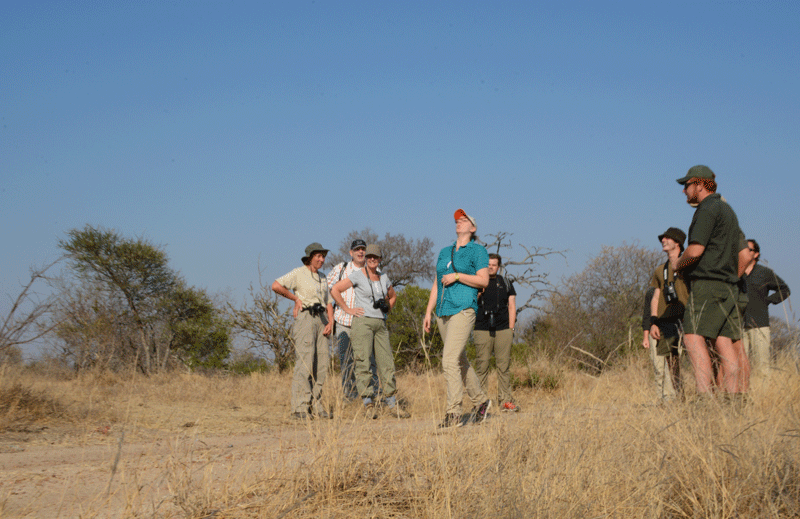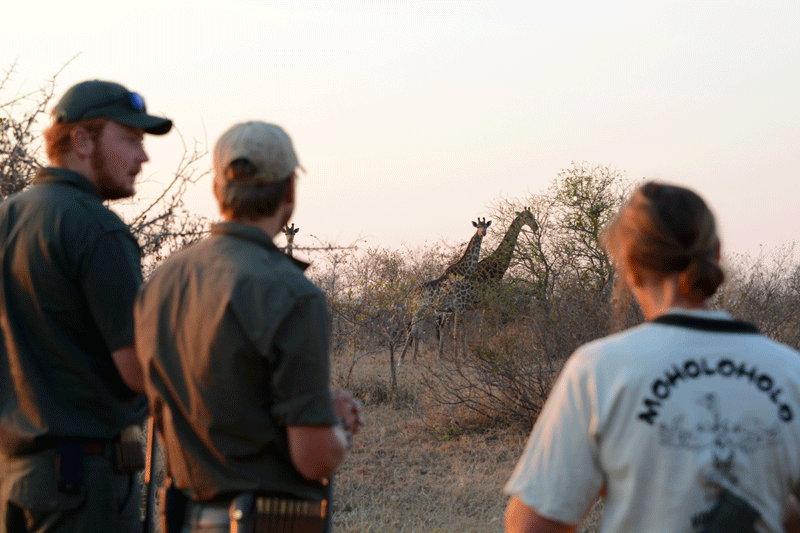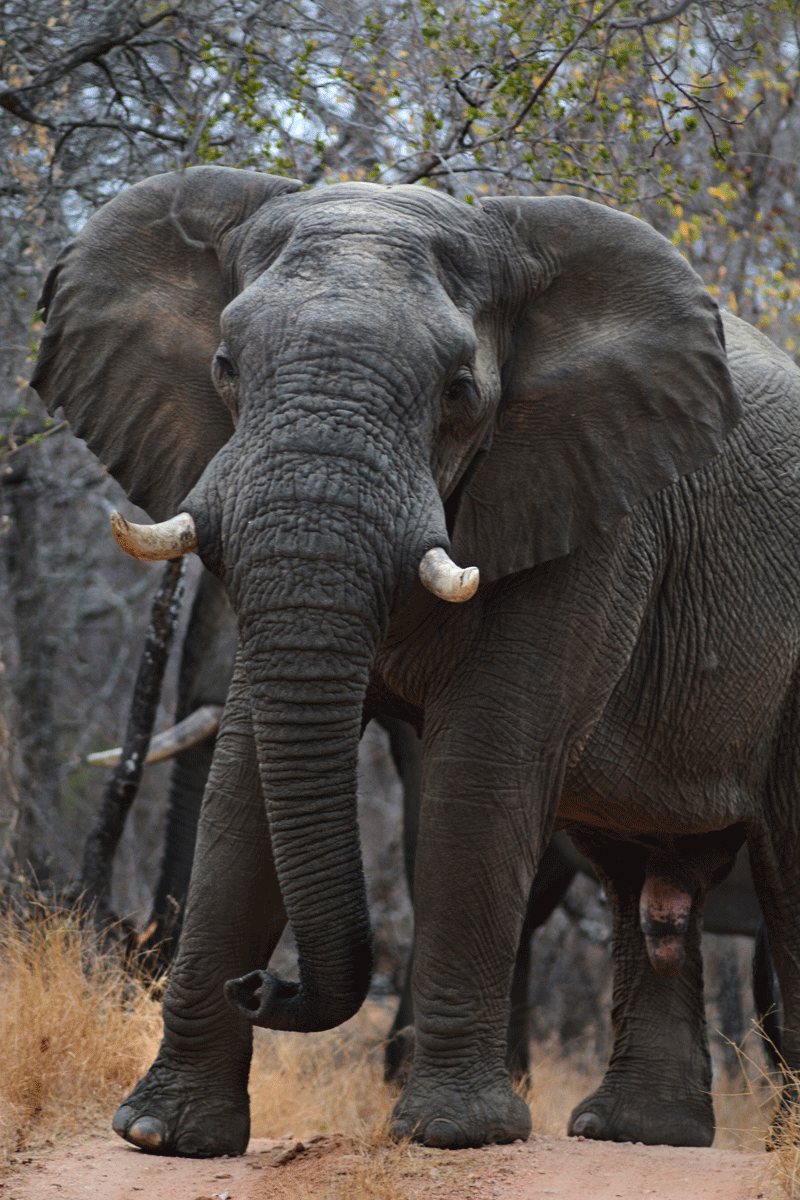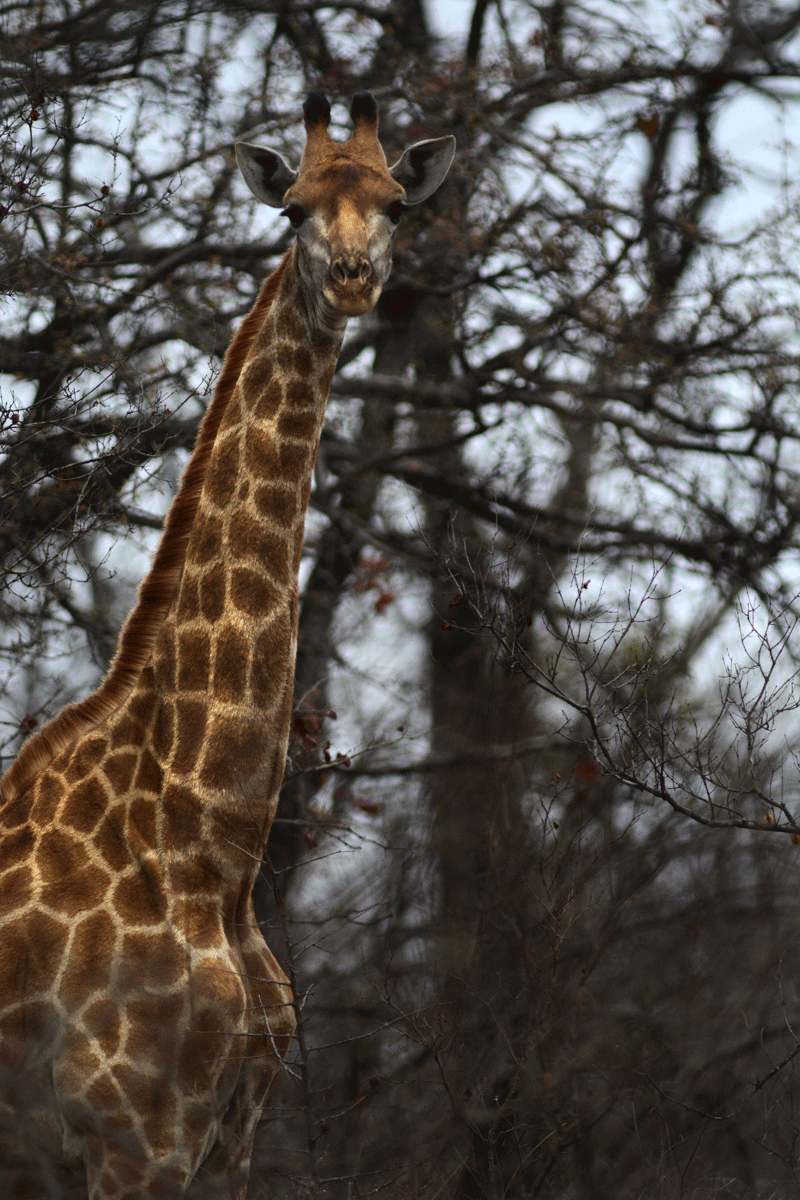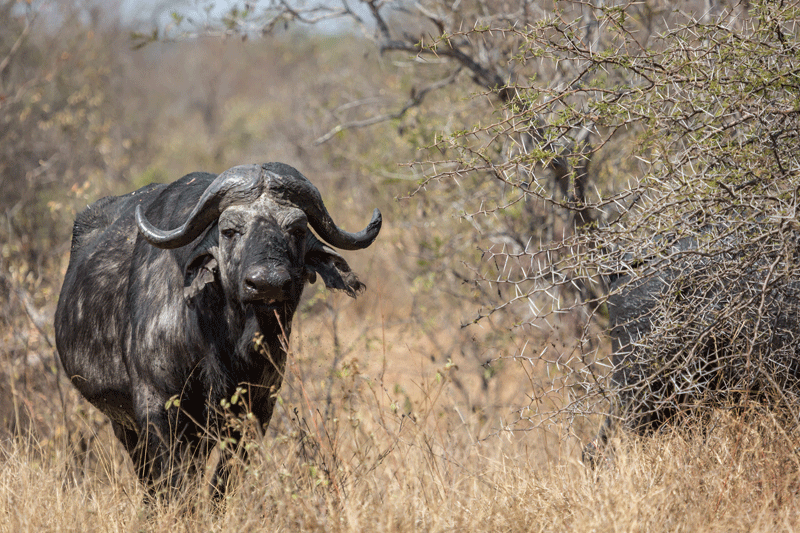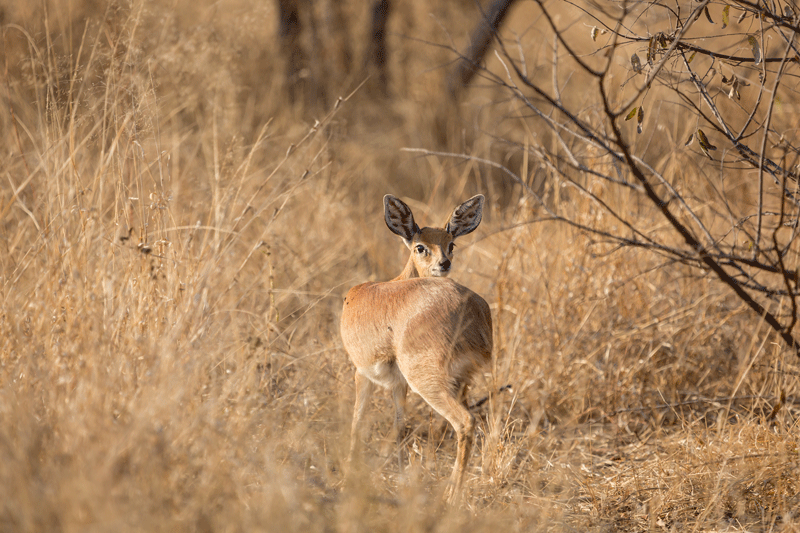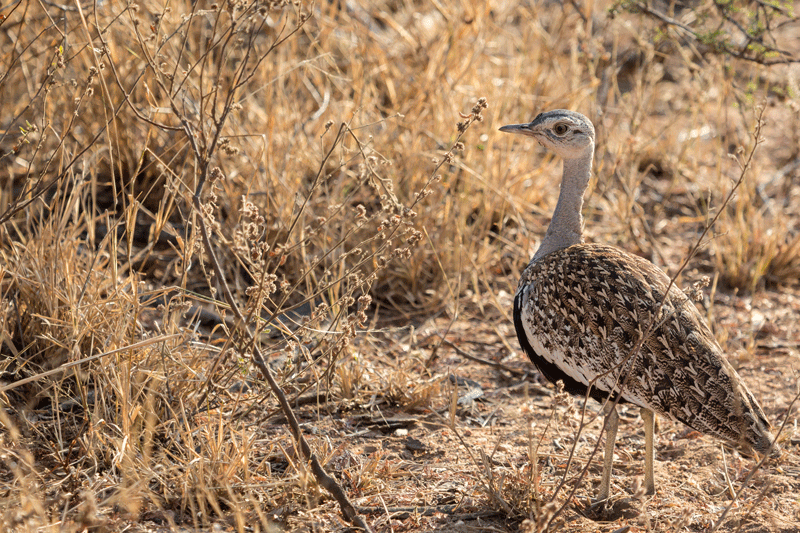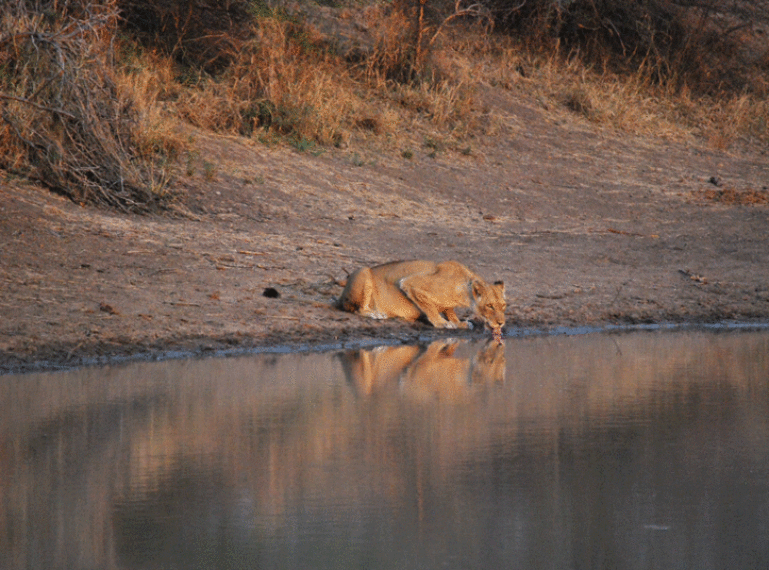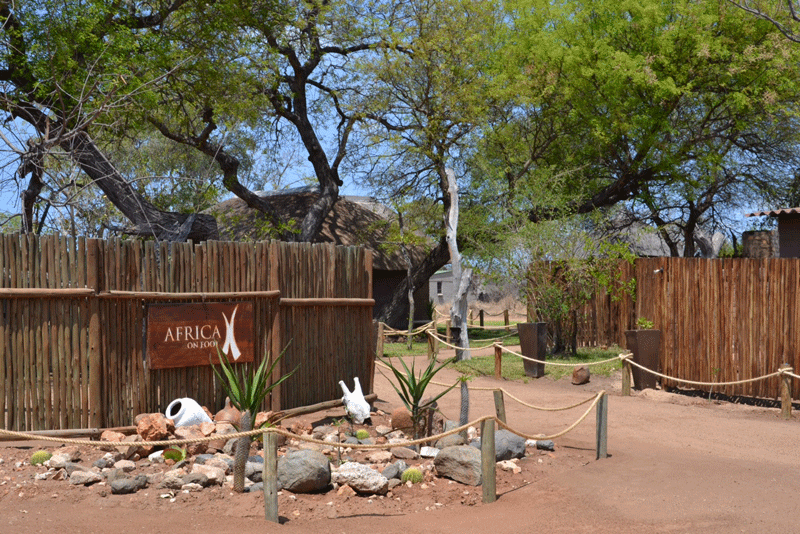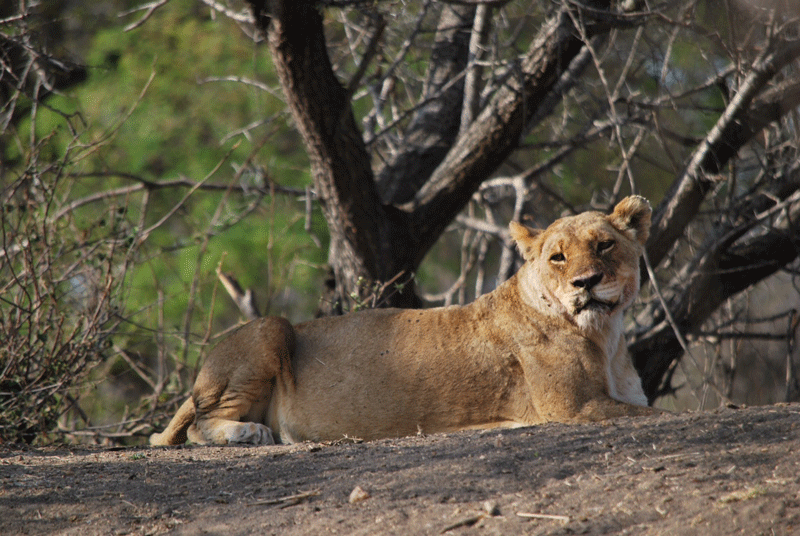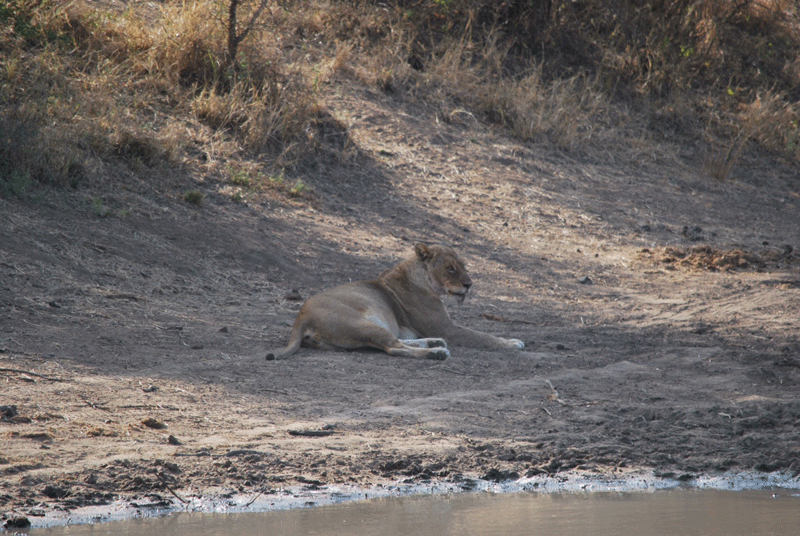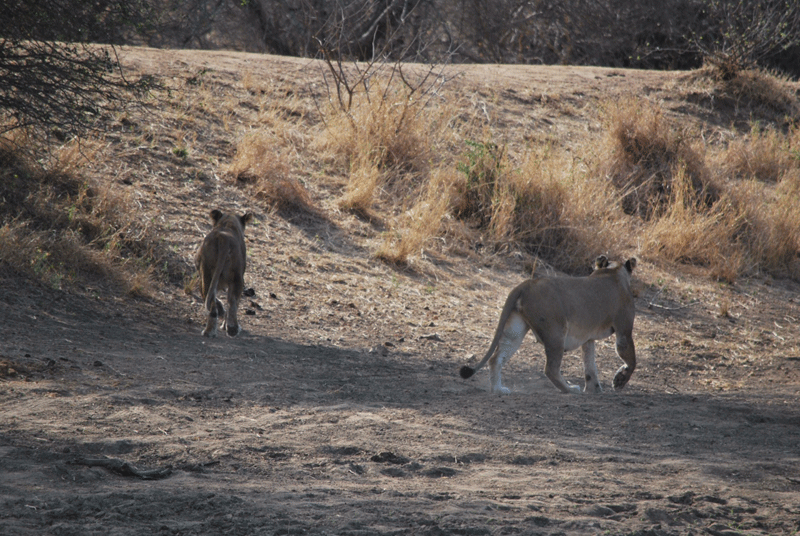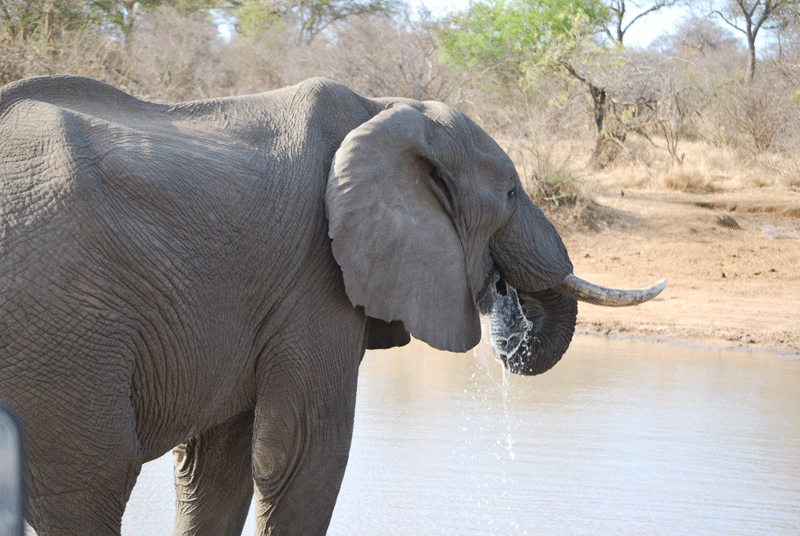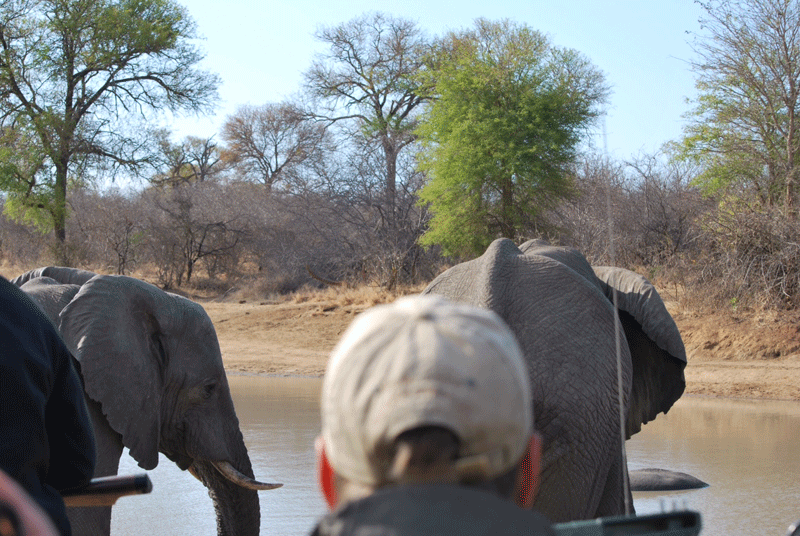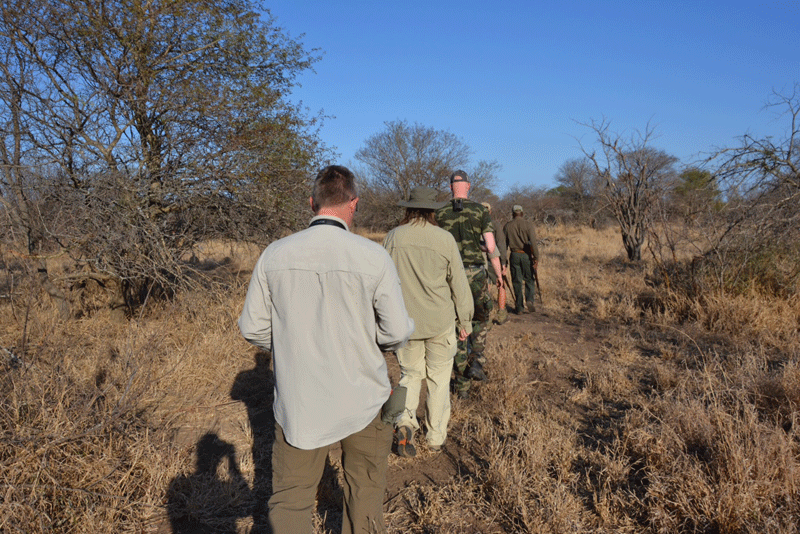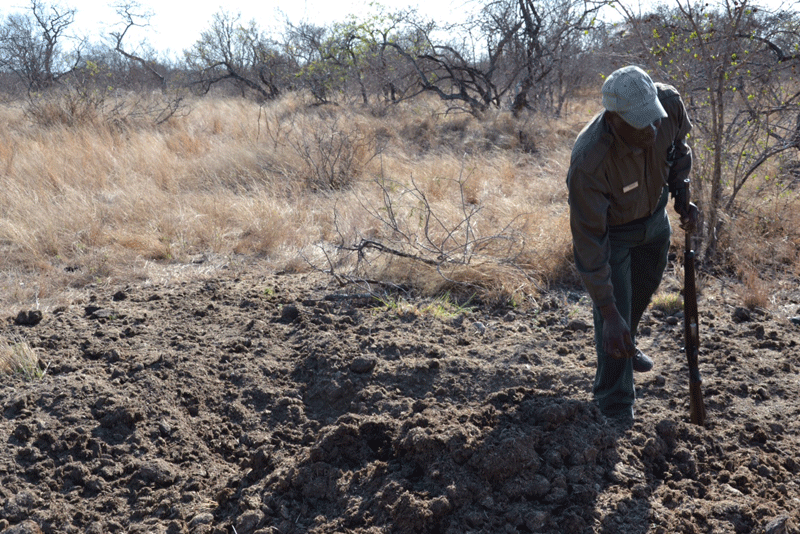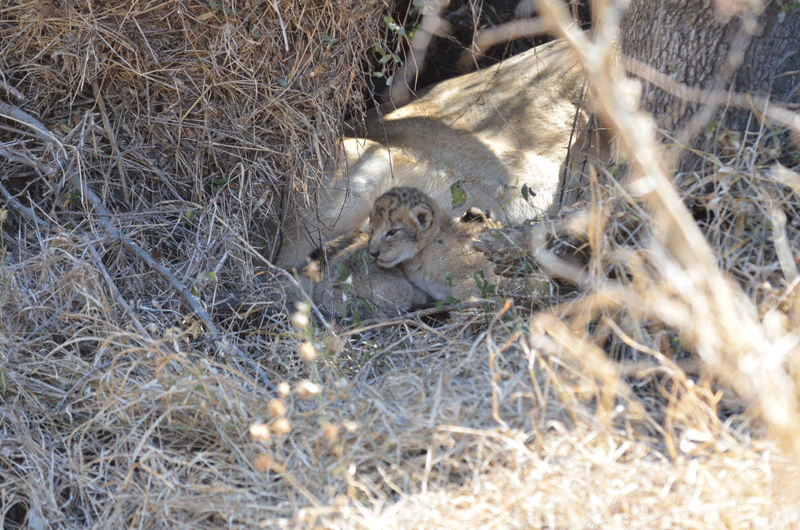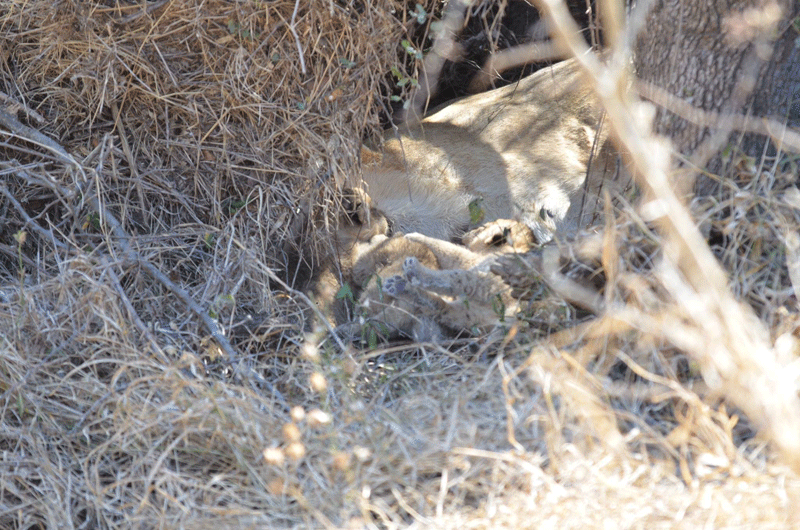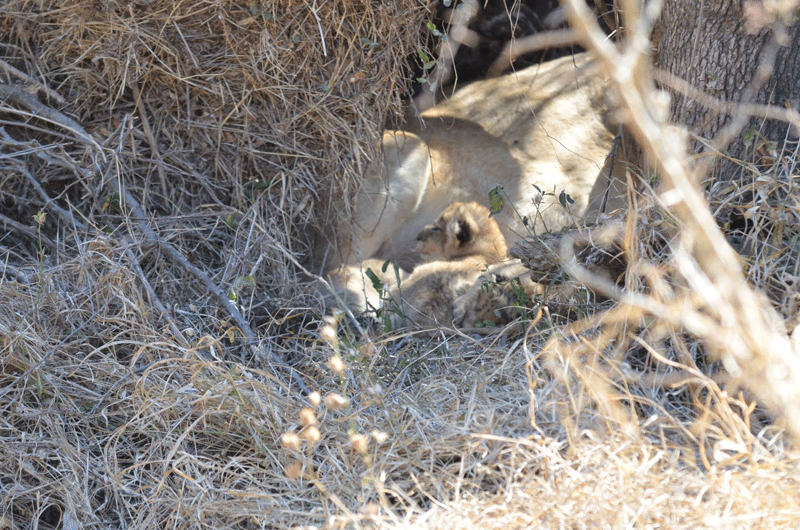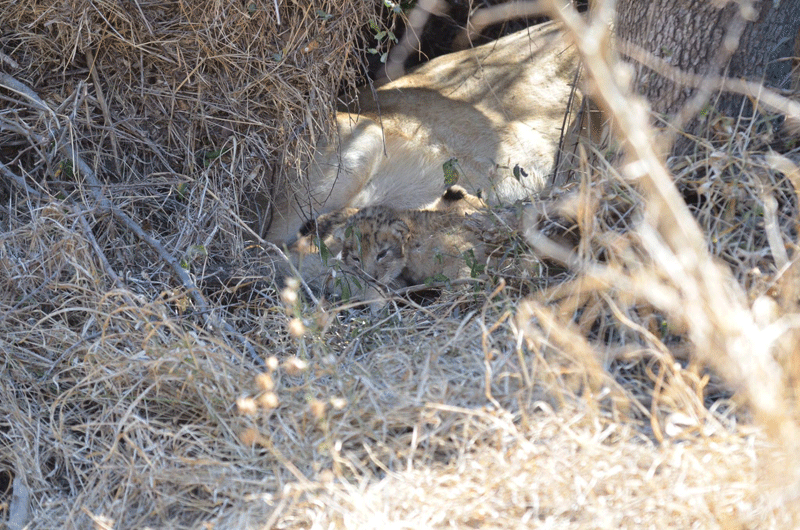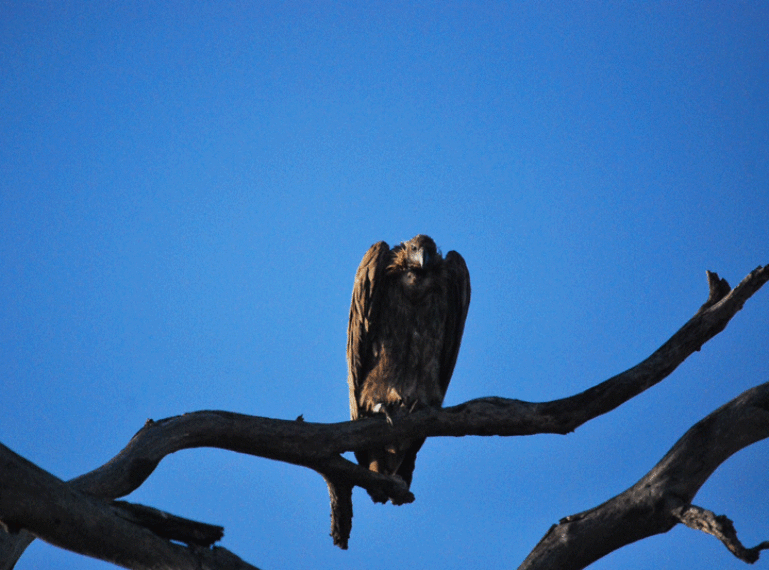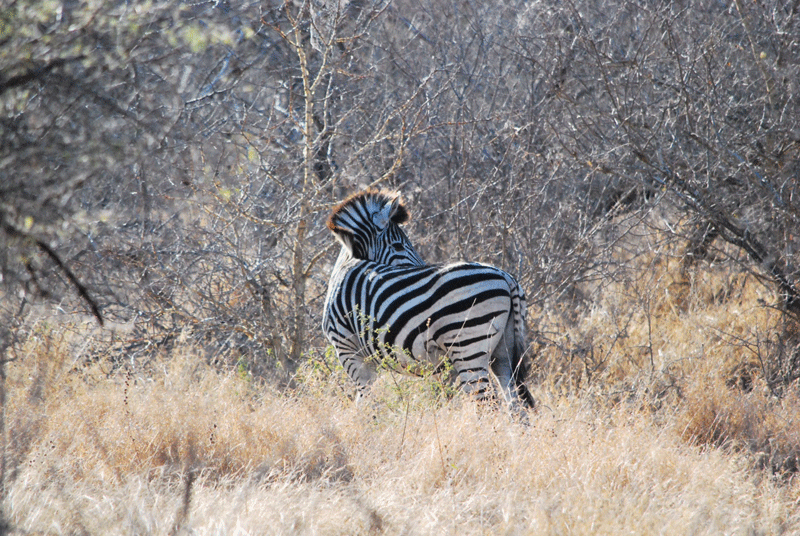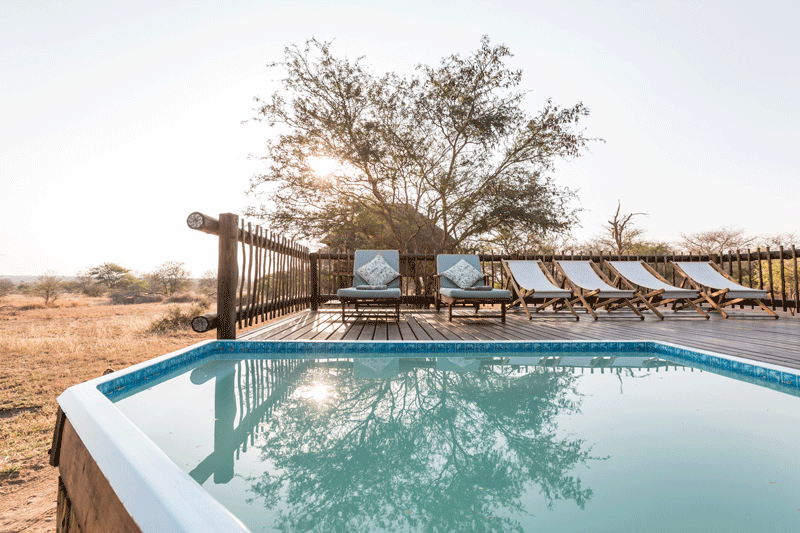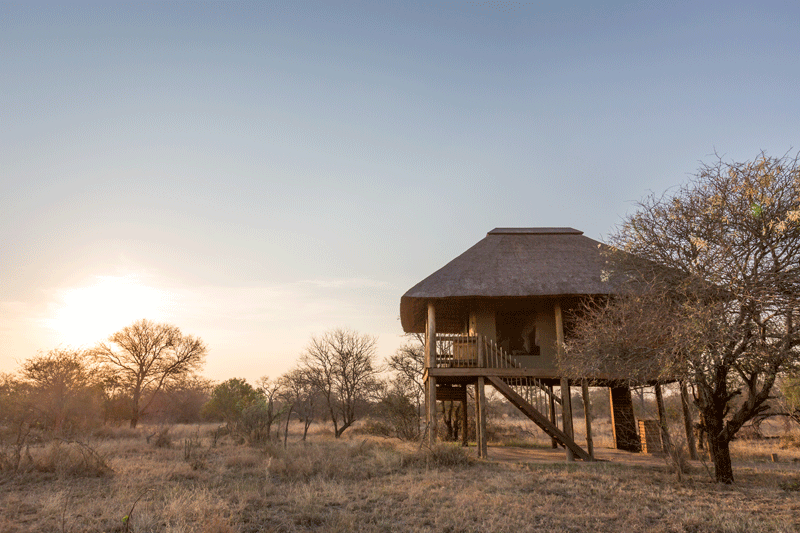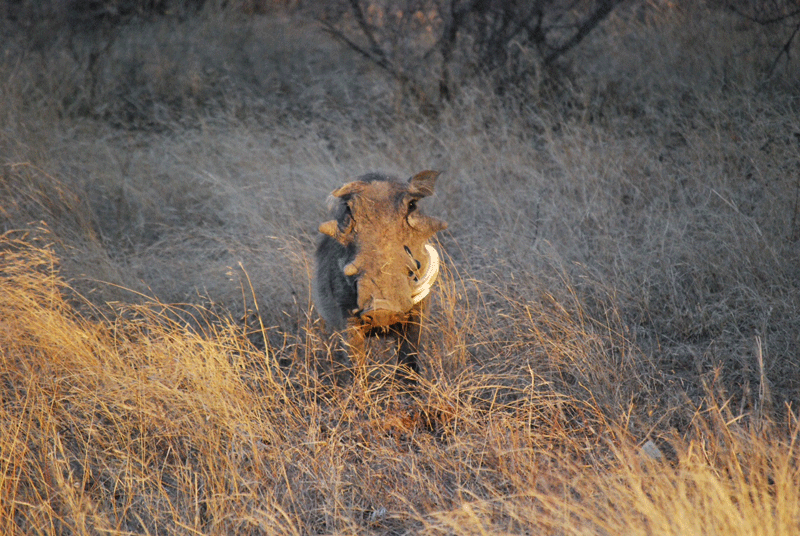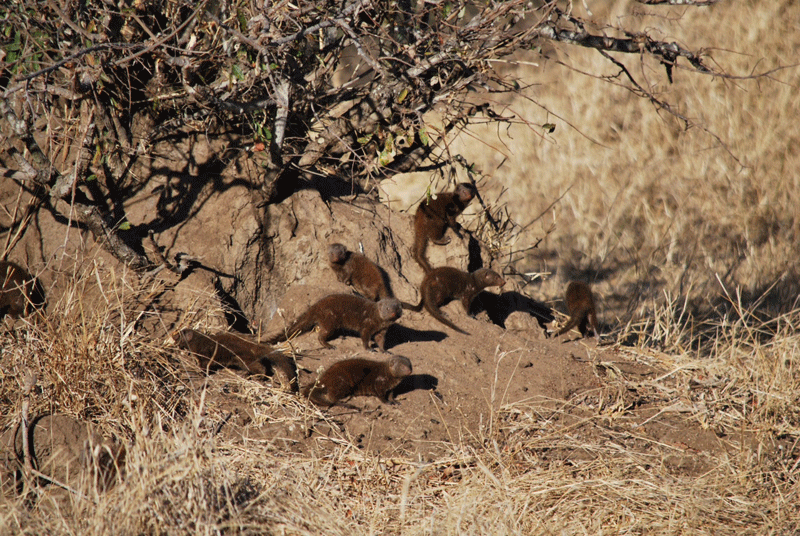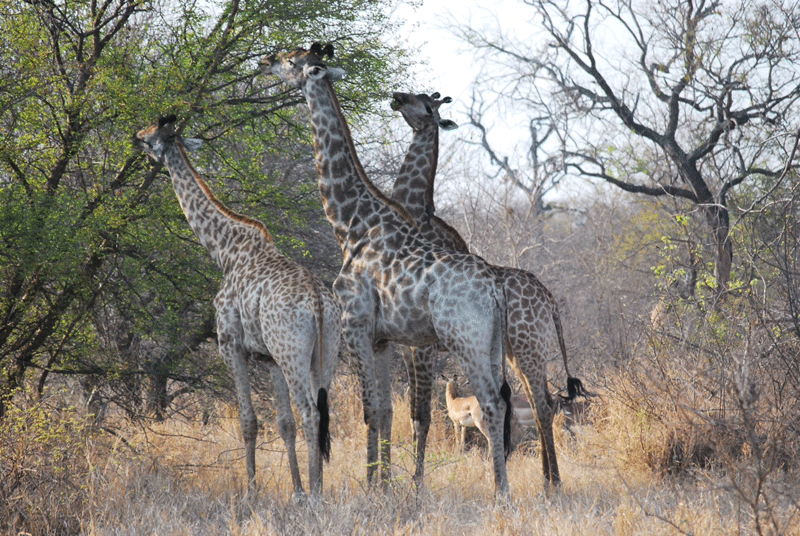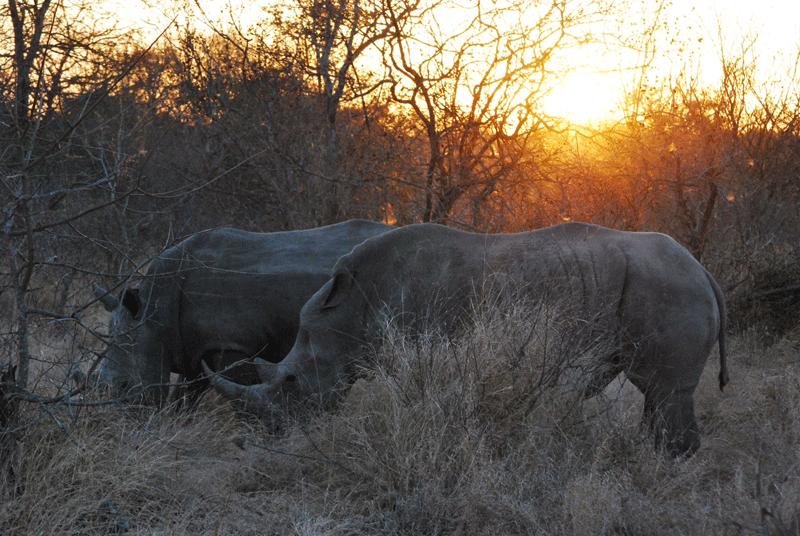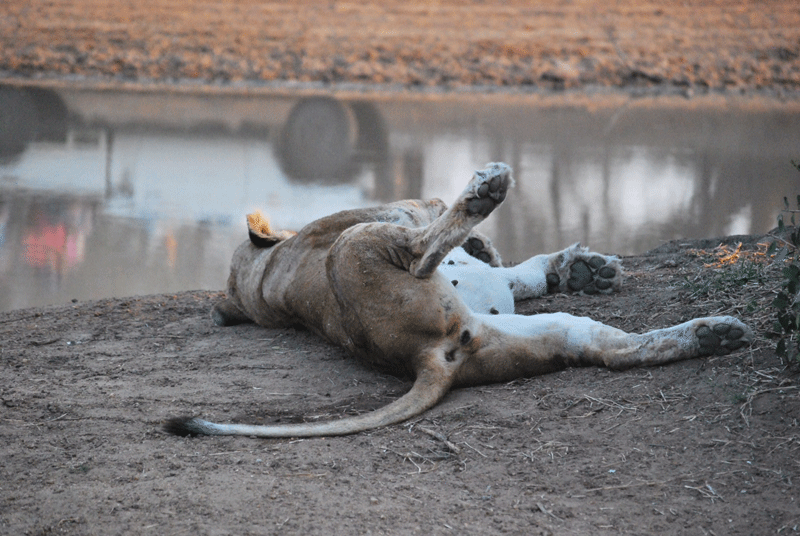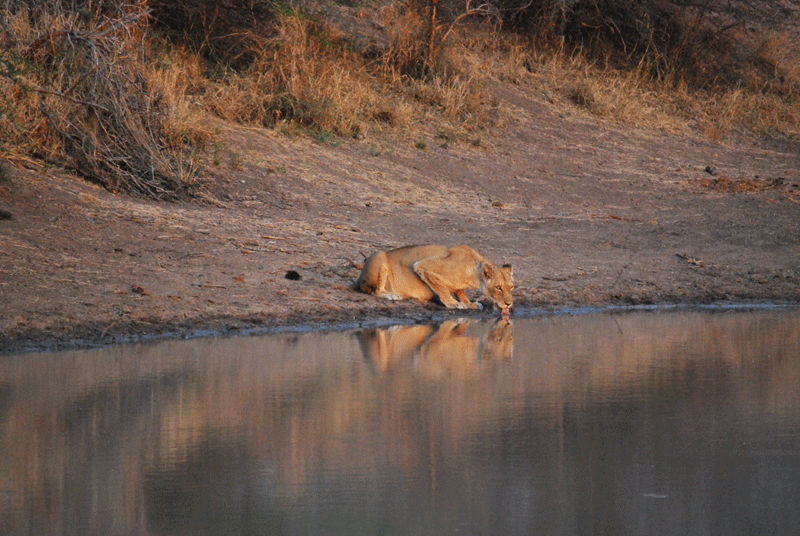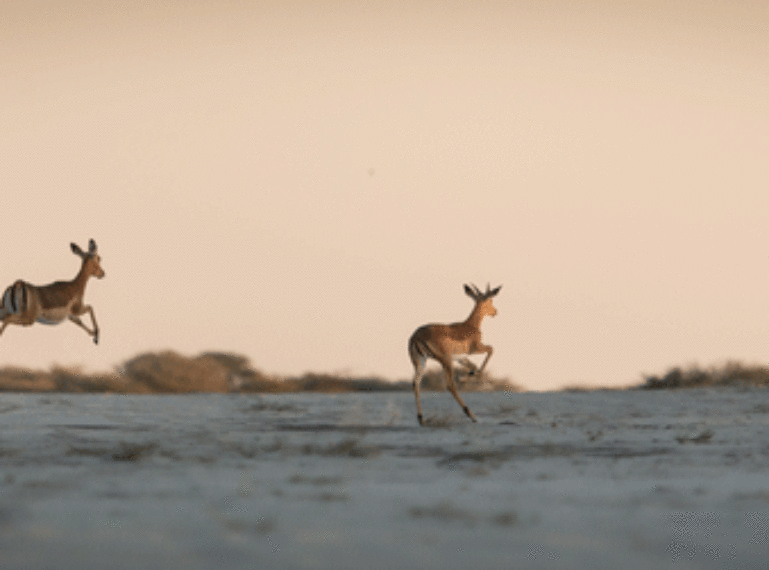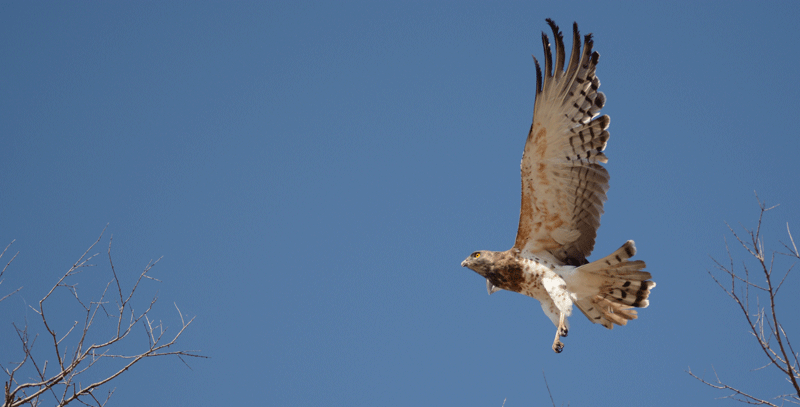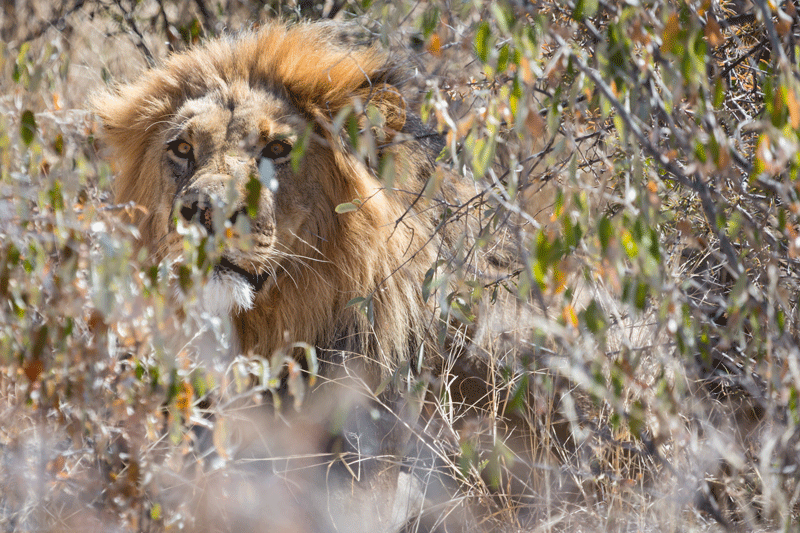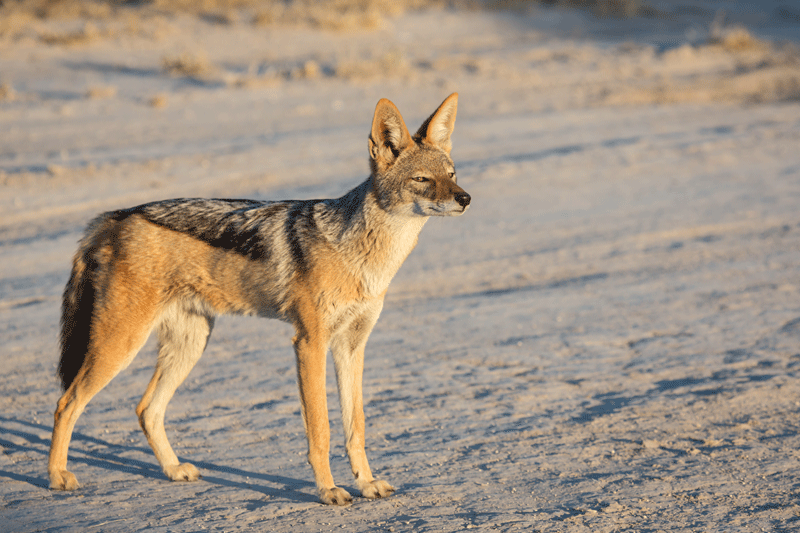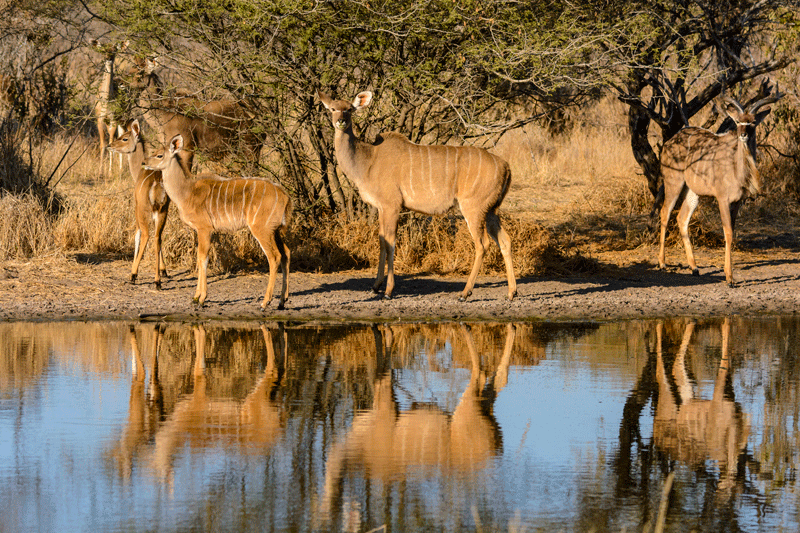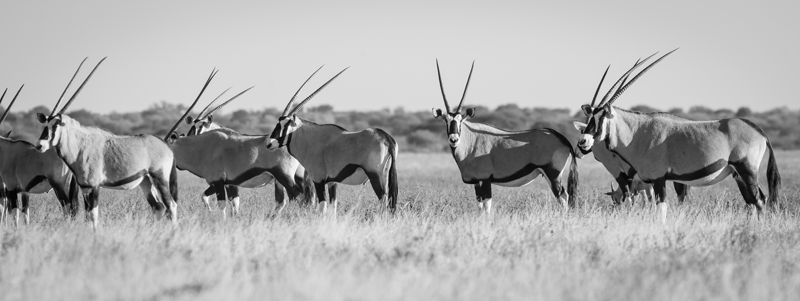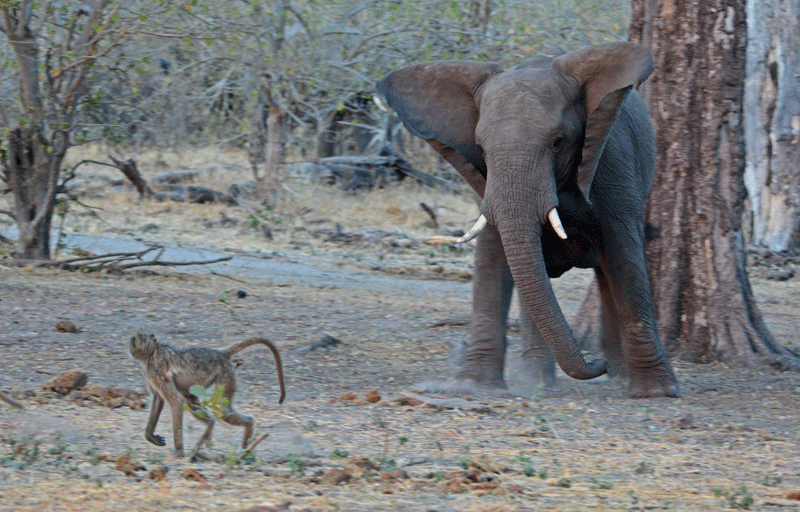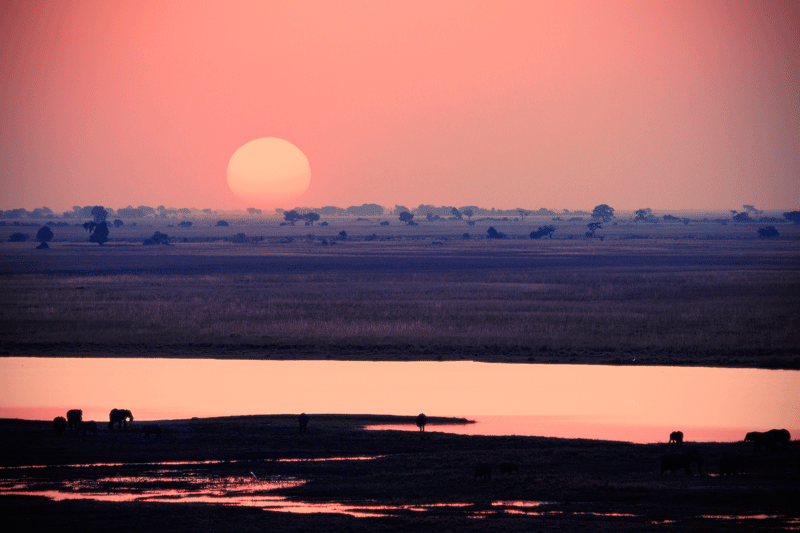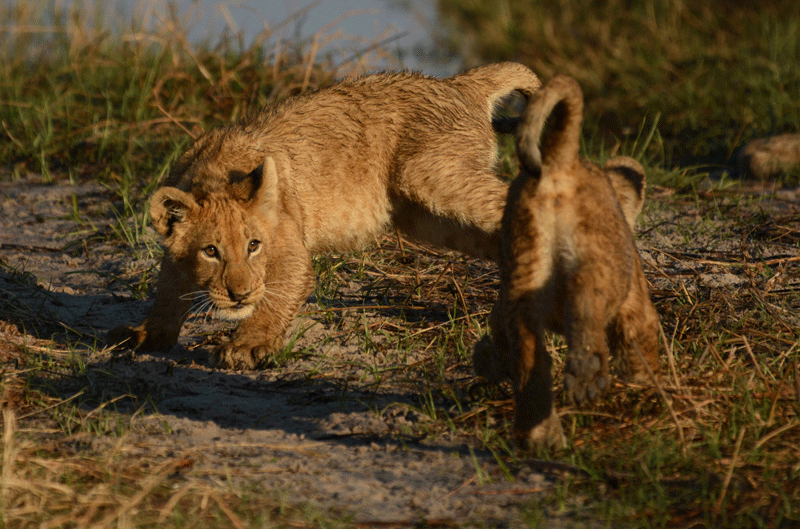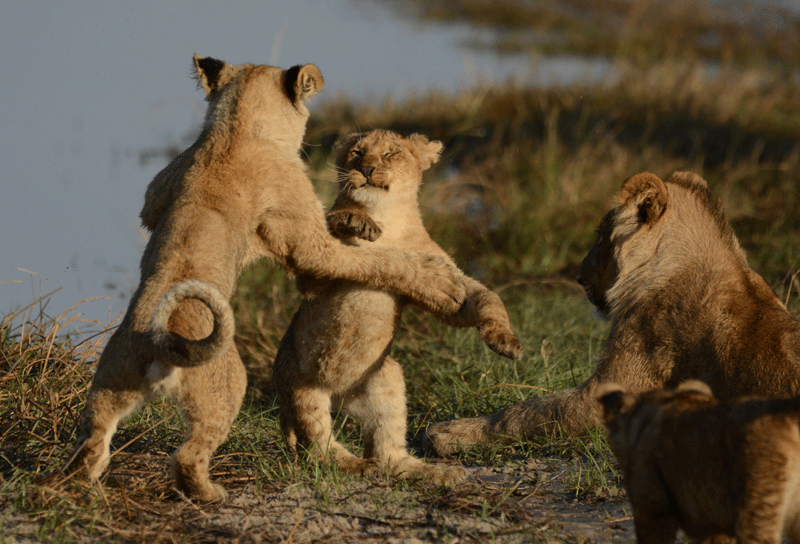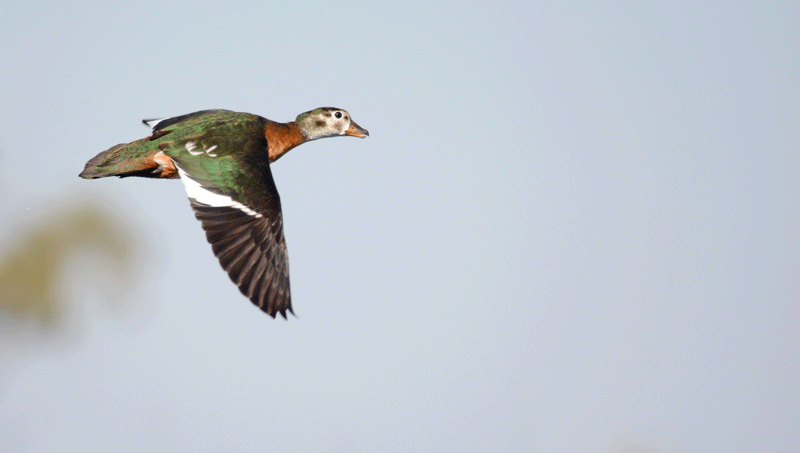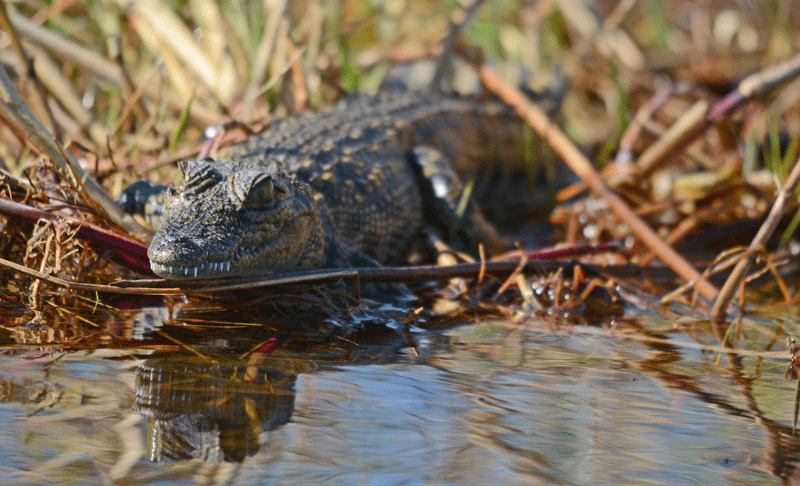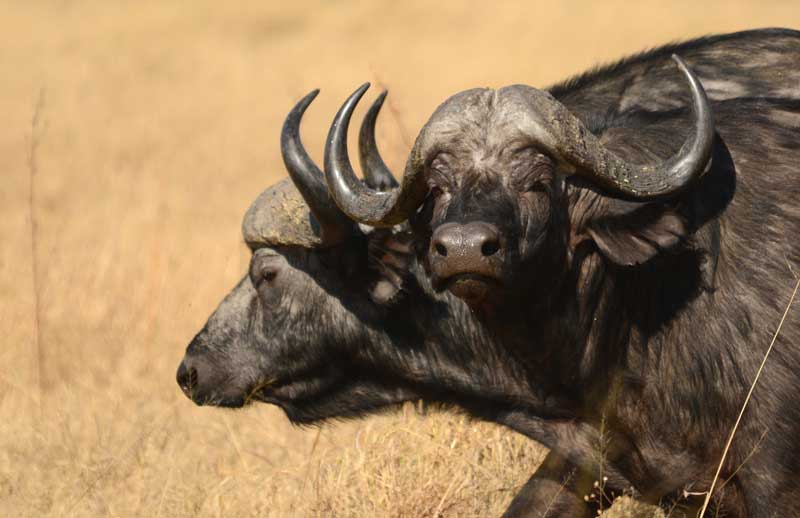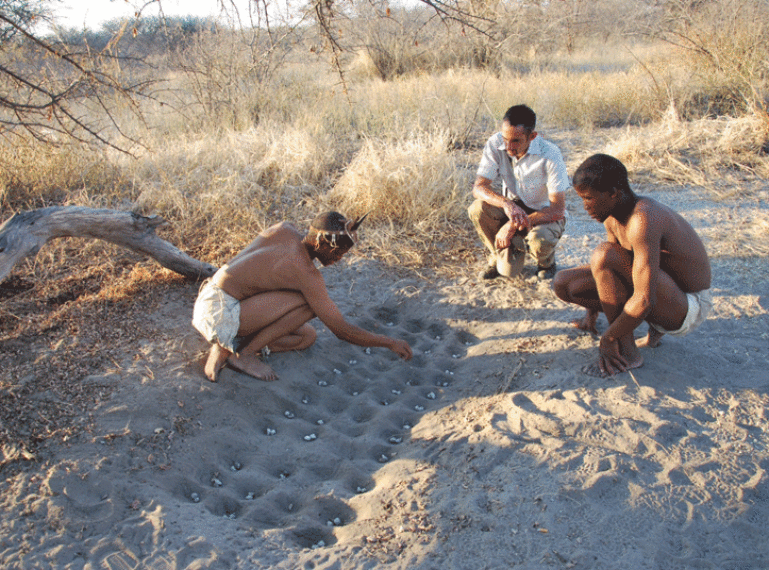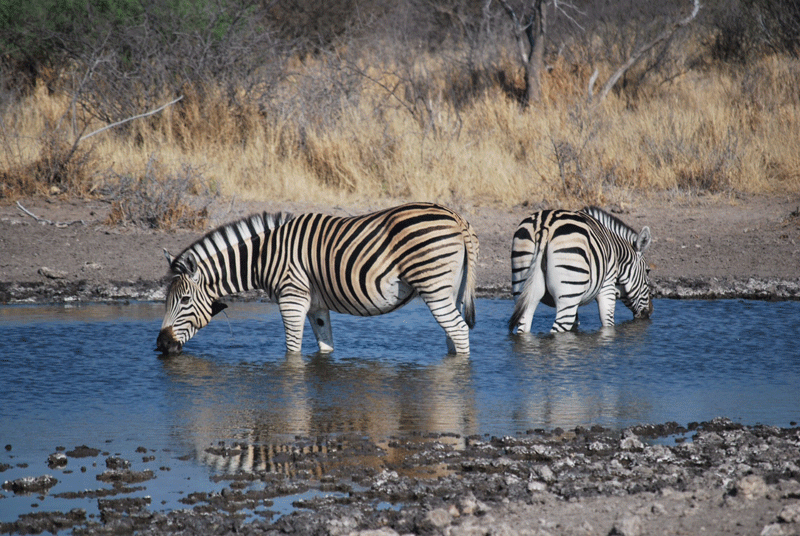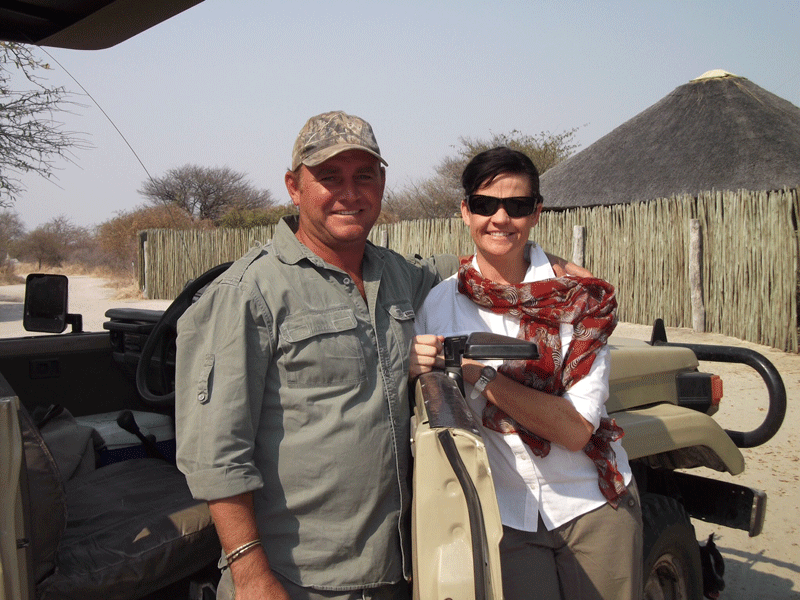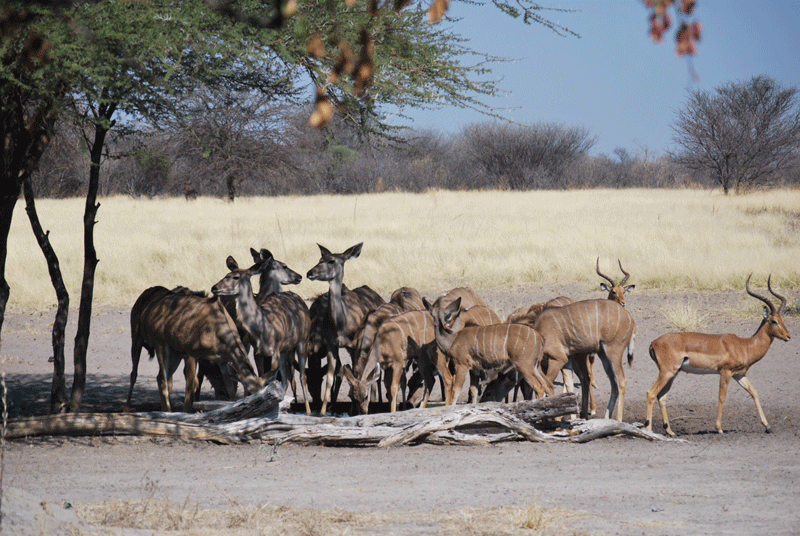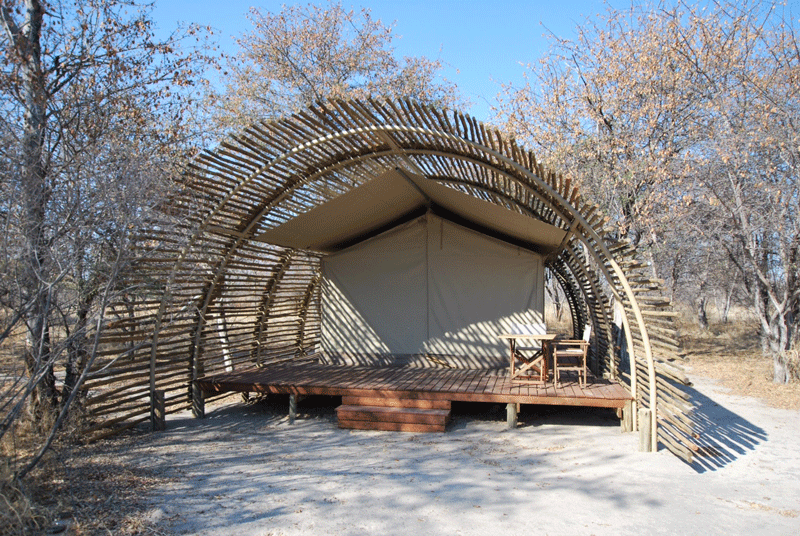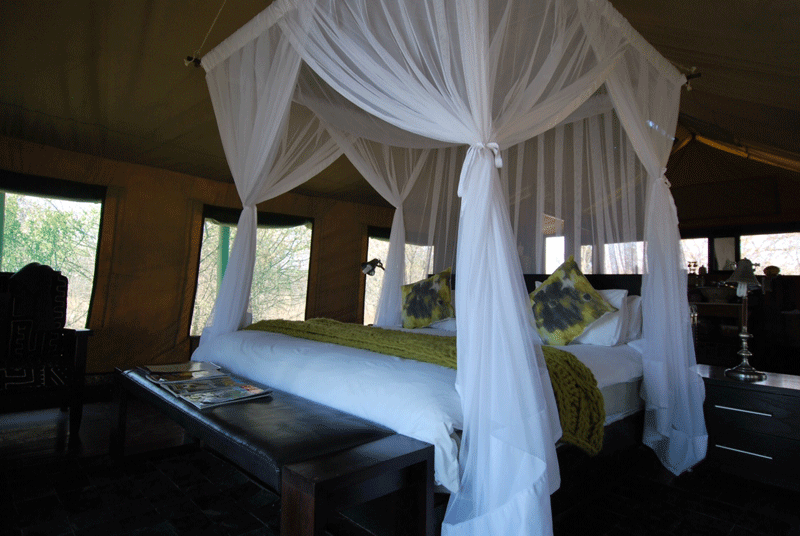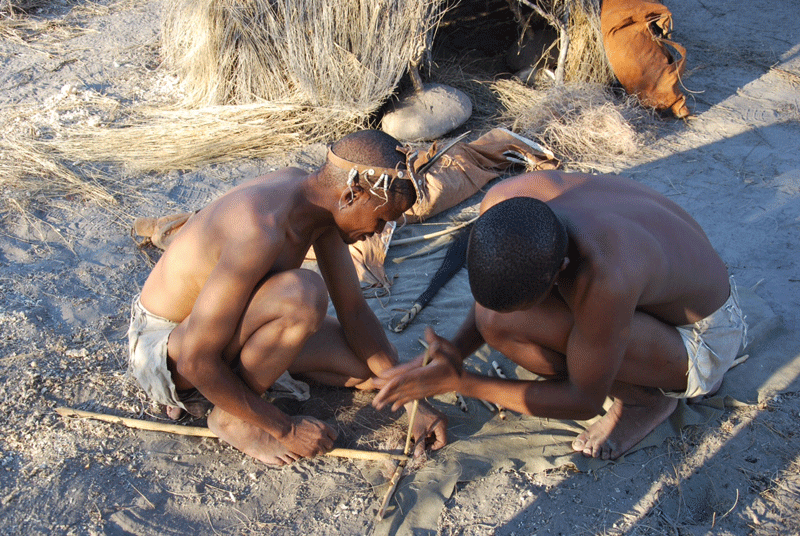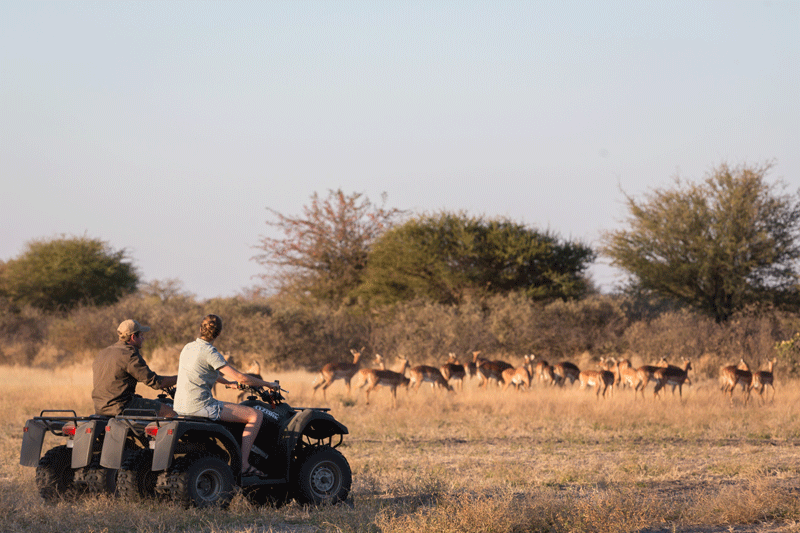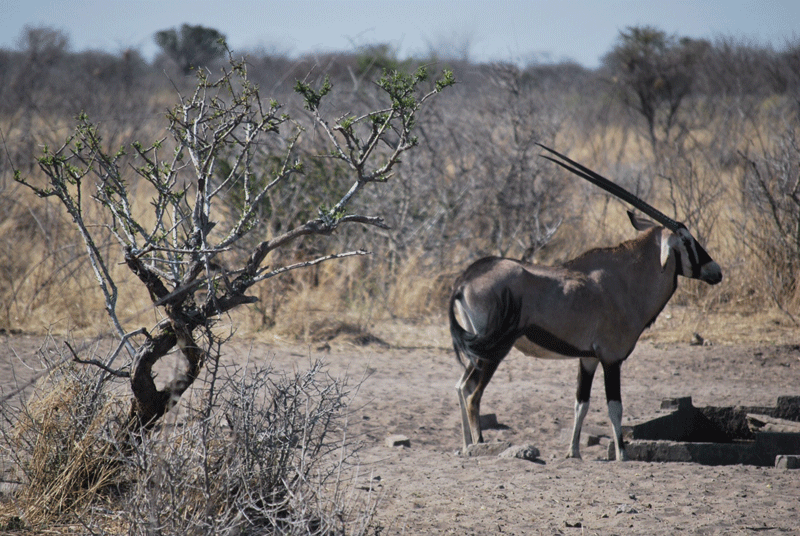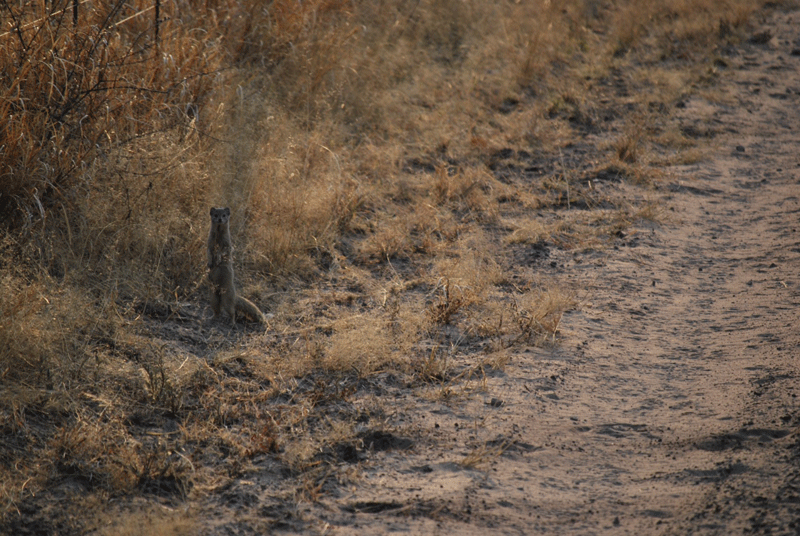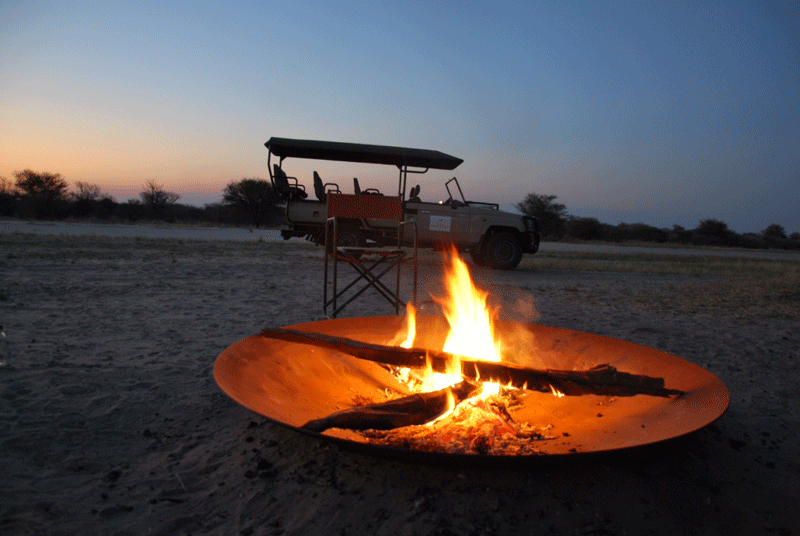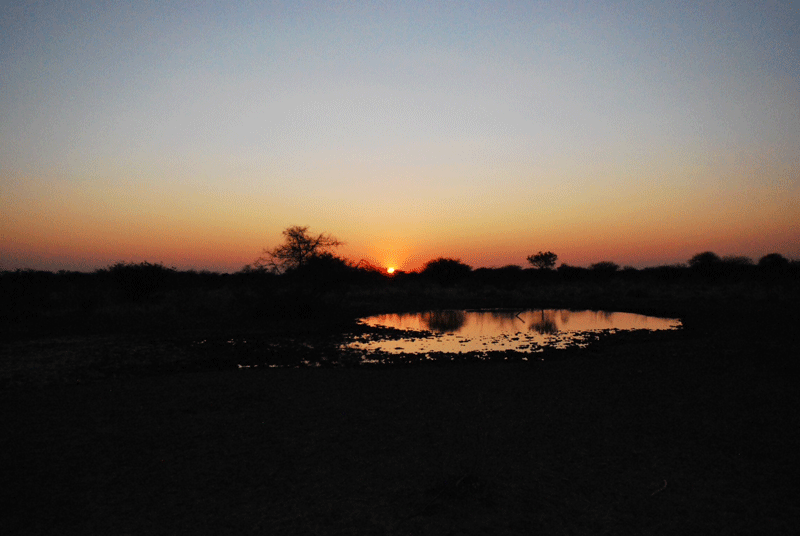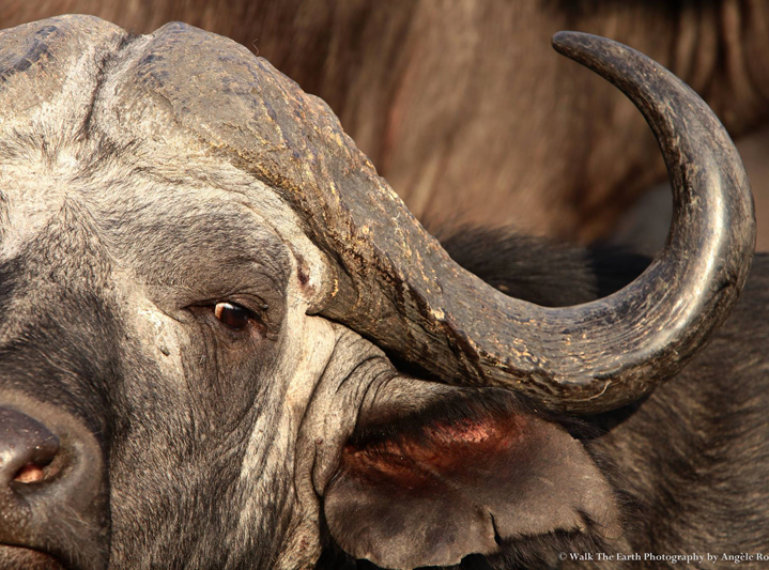
The Week in Pictures: Ultimate images from Kruger and Botswana
For the week in pictures this week, we’re portraying the best snaps from our camps in the Greater Kruger and in Botswana! It’s been a whirlwind of a week and one can’t help but envy these talented photographers for the gorgeous wildlife sightings they have enjoyed in our beloved Africa. As always, we love to share the epic sights with you, so here we we deliver this week’s best of the best. Enjoy!
Umkumbe Safari Lodge in the Sabi Sand Game Reserve needs little introduction. It is a firm favourite with absolute game viewing quality. This week, guide and photographer, Angele Rouillard, has been celebrating the rain and snapping away at the wildlife wonders that it has brought:
The bush never disappoints if you go in with an open mind and no expectations. This last week: wild dogs on our riverfront; Maxebeni (our large male leopard) slinking beneath my vehicle; the Charleston Pride back together again after a few months absence; early morning dust baths; little trunk training, and so much more. The rain has not dampened our spirits; it has done quite the opposite – it has invigorated us. We live & work in the best place on earth!
Close by in the Klaserie Private Nature Reserve, photographer and filmmaker, Kevin MacLaughlin, has been reaping the benefits of the activity around Africa on Foot and nThambo Tree Camp, where a lioness is known to have cubs, and rhinos are making themselves seen:
Two rhinos have been seen on almost every drive over the past few days. Last night there was a massive lightning storm around nThambo and Africa on Foot with a bit of hail as well. That seemed to bring the bush to life for this morning’s drive. Mila and Lisa – Ross Pride lionesses – brought down a young kudu bull last night, and Lisa (female with cubs) looks very healthy after a good feed, which adds to the survival of her cubs. The kill was also very close to where she has hidden her cubs.
The Schlegel’s beaked blind snakes were also seen this morning, they spend most of their lives deep underground, surfacing every now and then when the ground becomes soft from the rain. They appeared to be burrowing into a termite mound. The one blind snake was double the size of the other one, possibly the female (possibly a mating pair).
Marakapula Big 5 Reserve, only 25km from the Phalaborwa gate of the Kruger National Park, offers day trips into the famous park, where Kevin enjoyed some exceptional wildlife sightings (after an elephant came to visit the lodge and a leopard was spotted on the riverbank on game drive!).
All the way in Botswana, the guests at Mapula Lodge have been enjoying some of the typical scenes of the Okavango Delta. Temperatures are soaring in the country as they enter the driest period just before the impending rain, and it is certain the animals are waiting with anticipation.
On the northern border of the Central Kalahari Game Reserve, Haina Kalahari Lodge lies in its own private wildlife reserve. With a waterhole right in front of camp, there’s little chance of have a game-free day, but just a short drive away and you’re in the Central Kalahari Game Reserve where photographer Em Gatland snapped these photos.
The Linyanti Marsh in Chobe National Park is where our authentic tented camp drinks in the beauty of this region. Overlooking the marshlands with Nambia’s Caprivi Strip on the horizon, Camp Linyanti is smack-bang in the middle of this wild, Botswana wonderland. Some gorgeous photo opportunities presented themselves, and here is the result:
Also in the world-renowned Chobe National Park, Camp Savuti positions itself ideally on the Savuti Channel. A bush camp with all the amenities you need to enjoy some time out in the bush, and an emphasis on the unbelievable game viewing quality, Camp Savuti is one for the experienced safari goers searching for ‘the next level’. This is one of the wildest places on earth.
